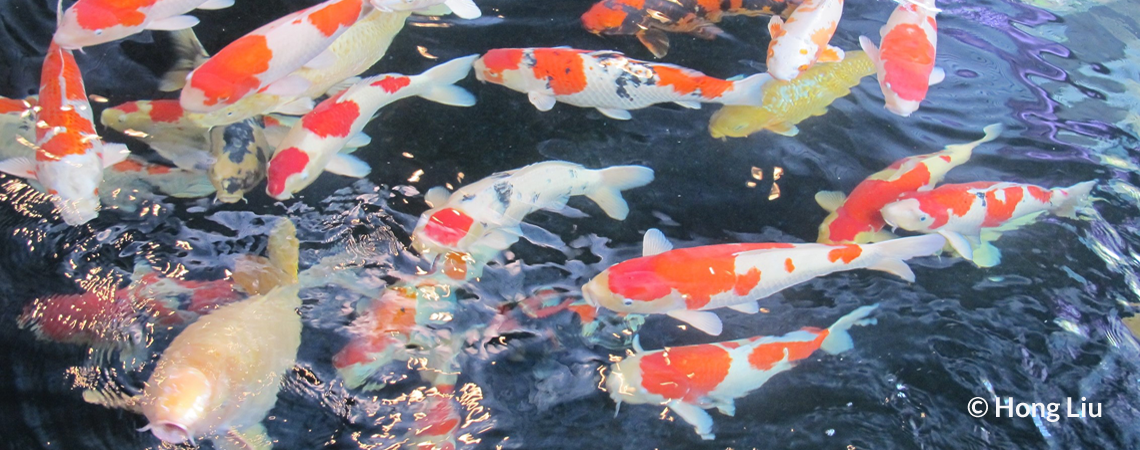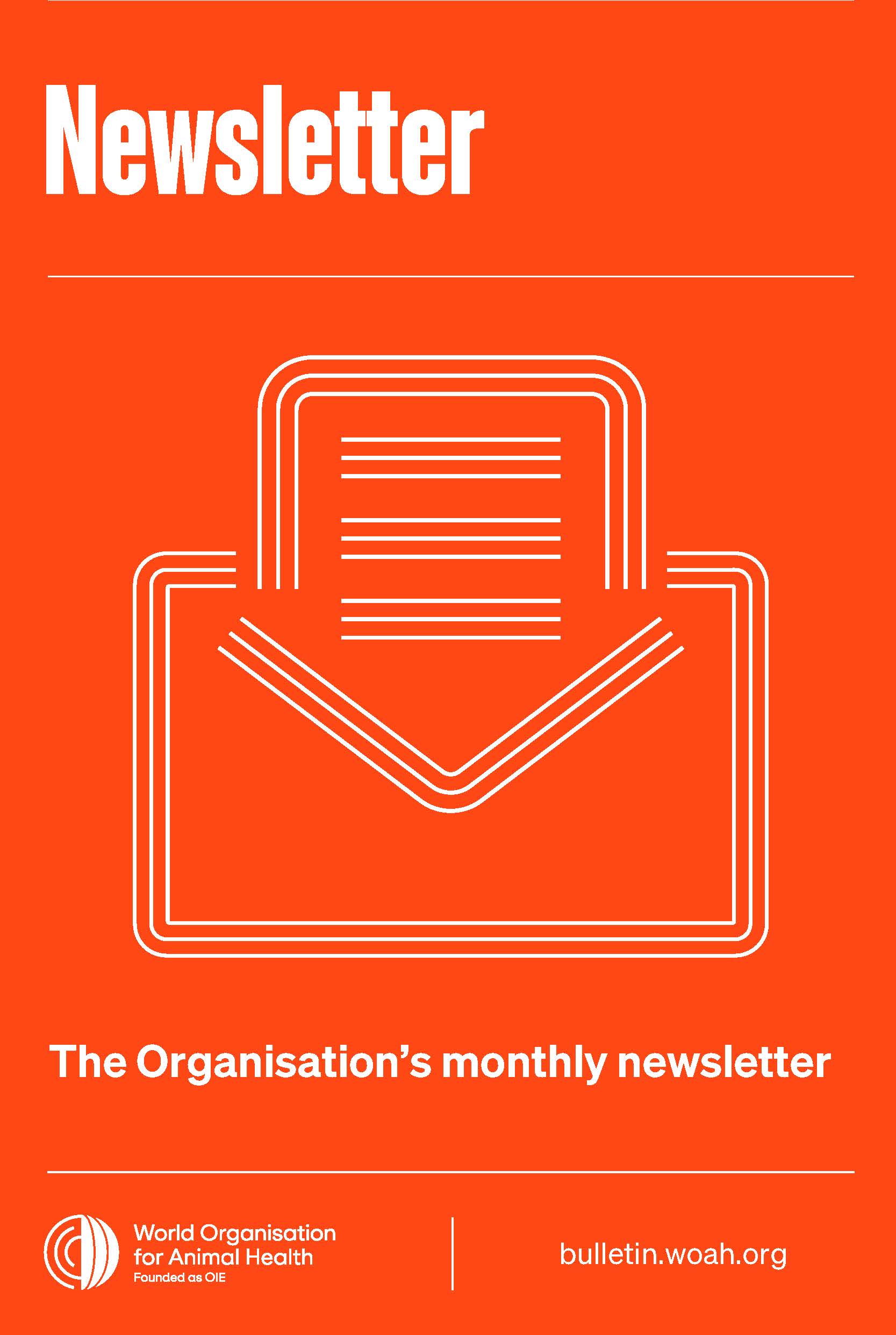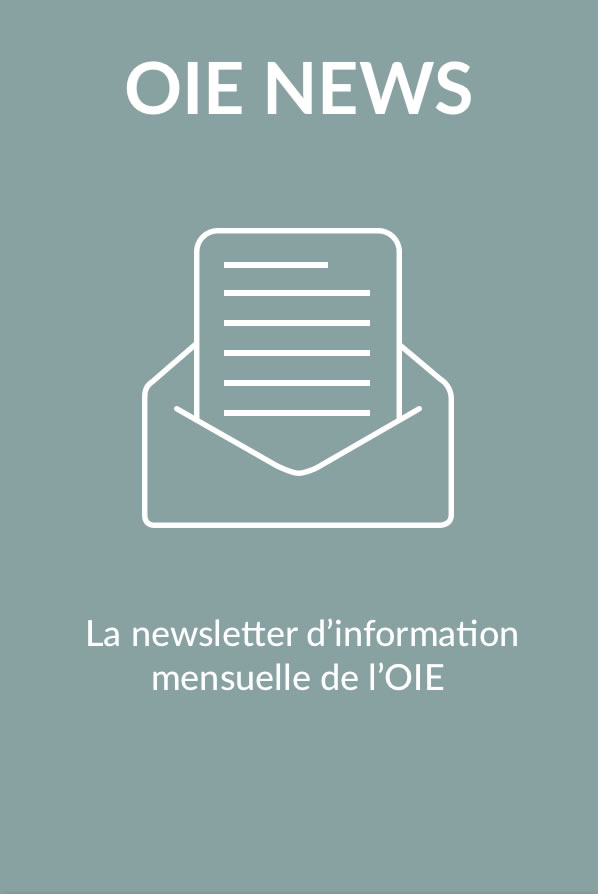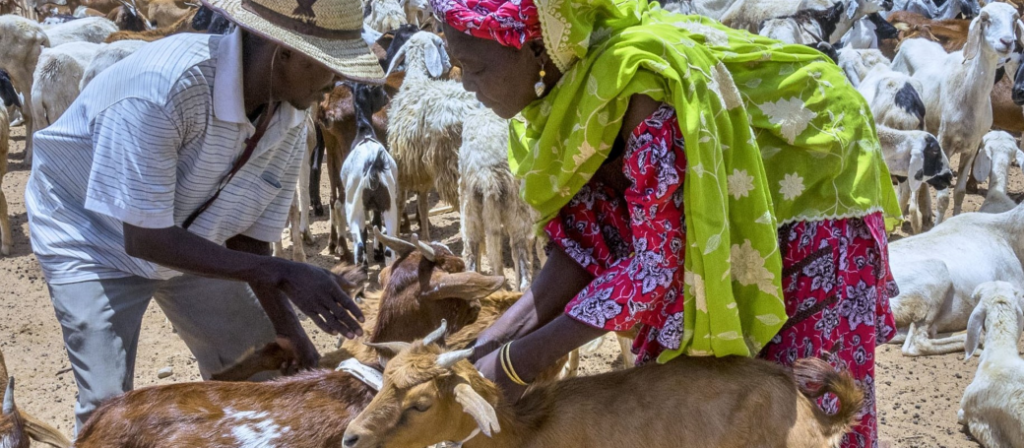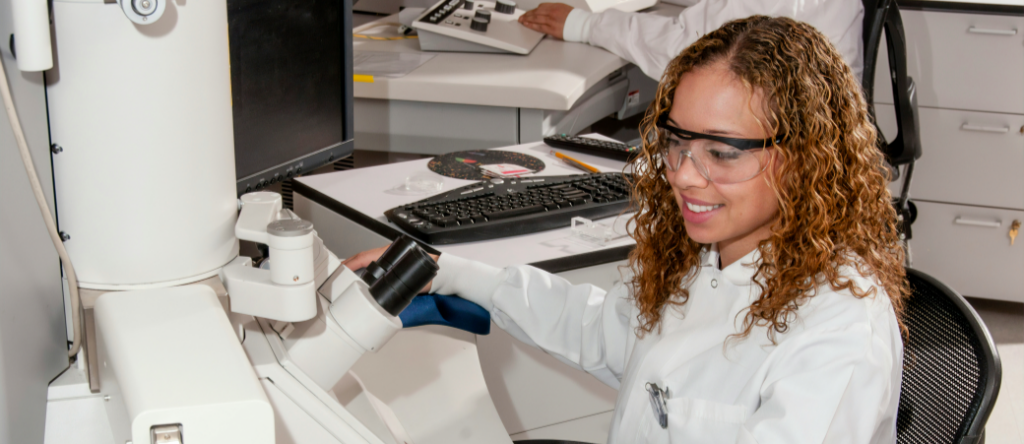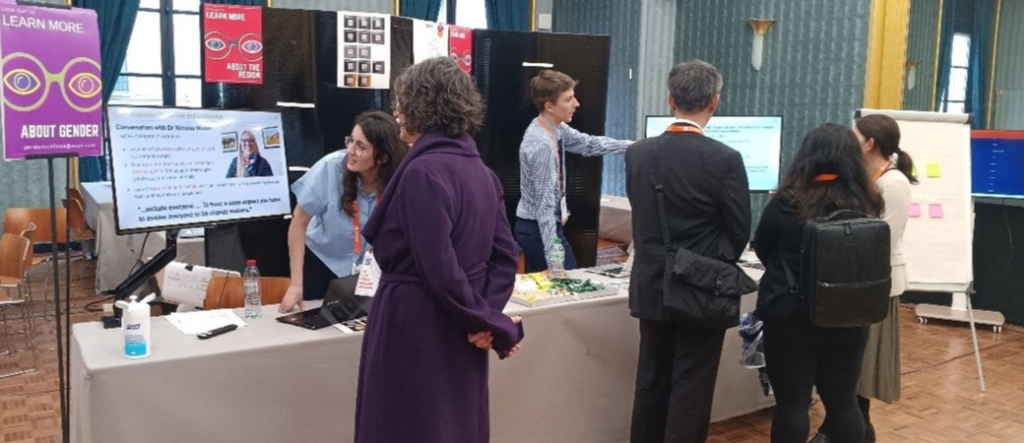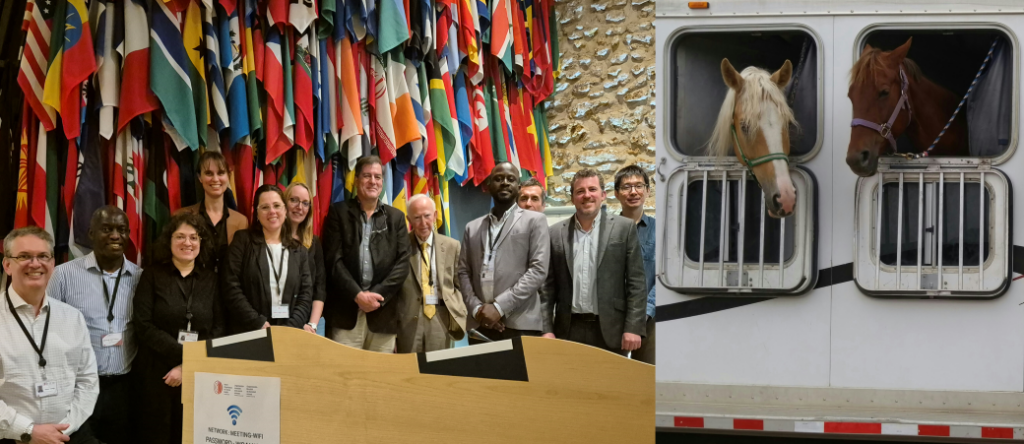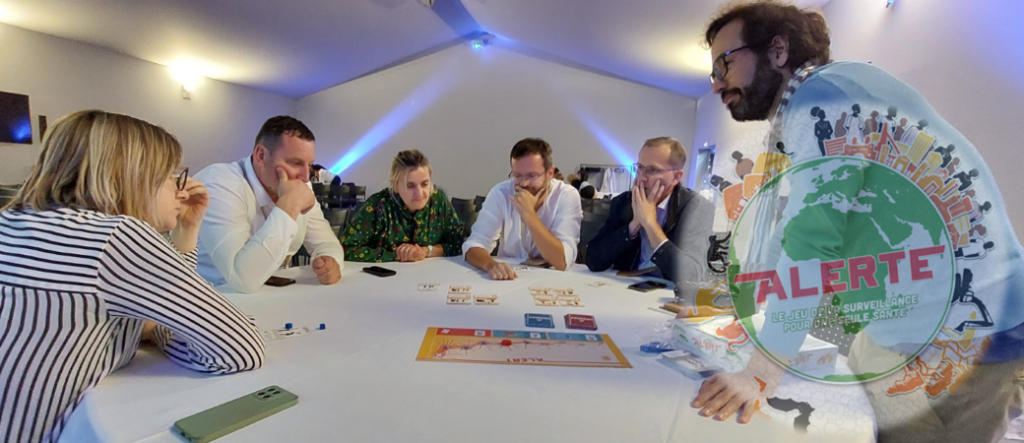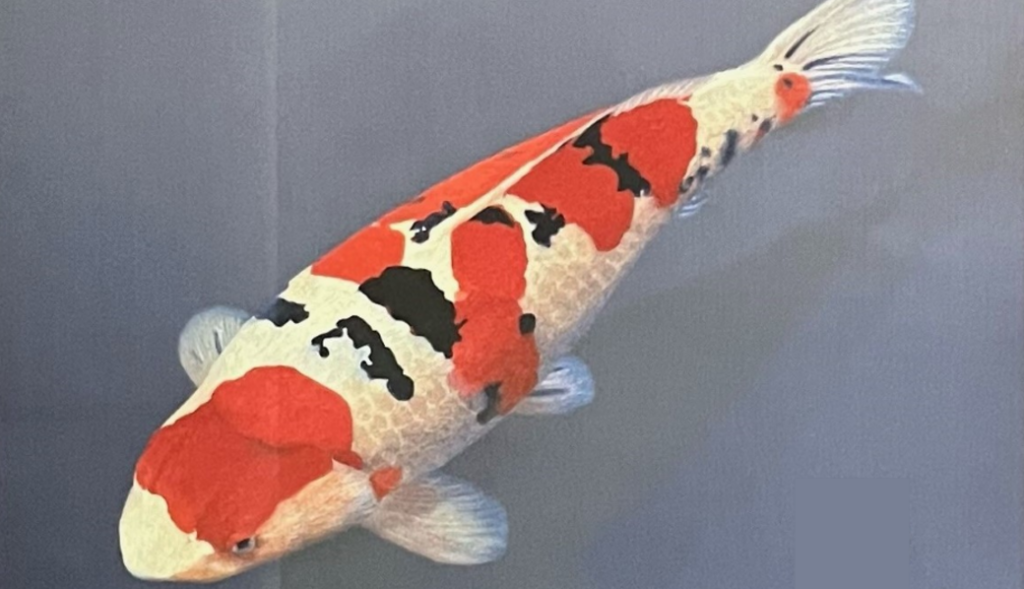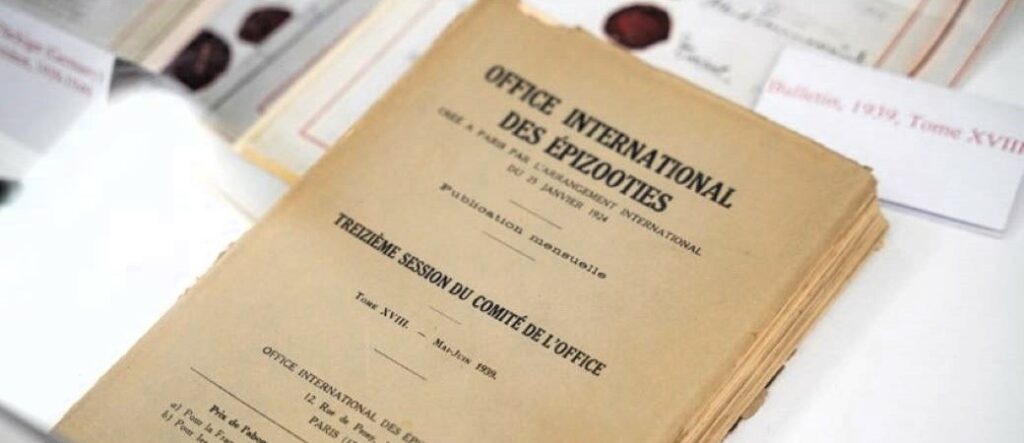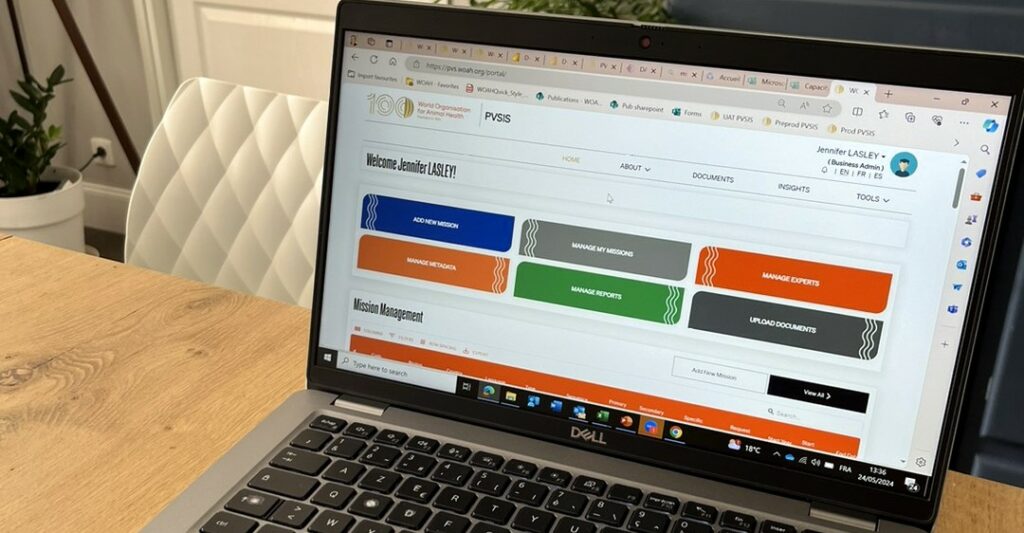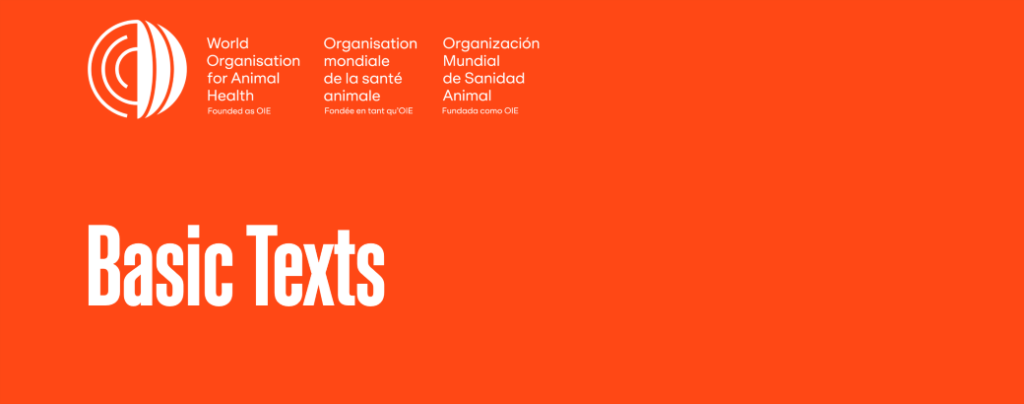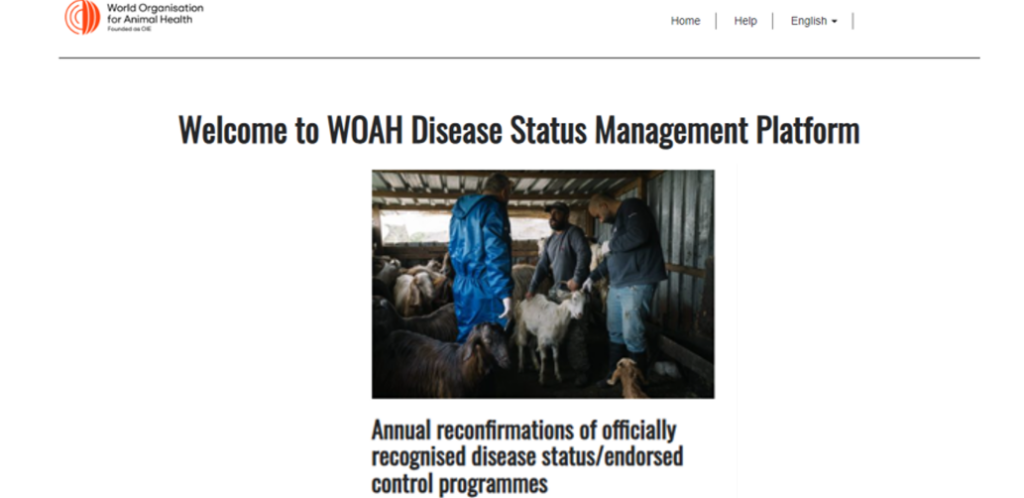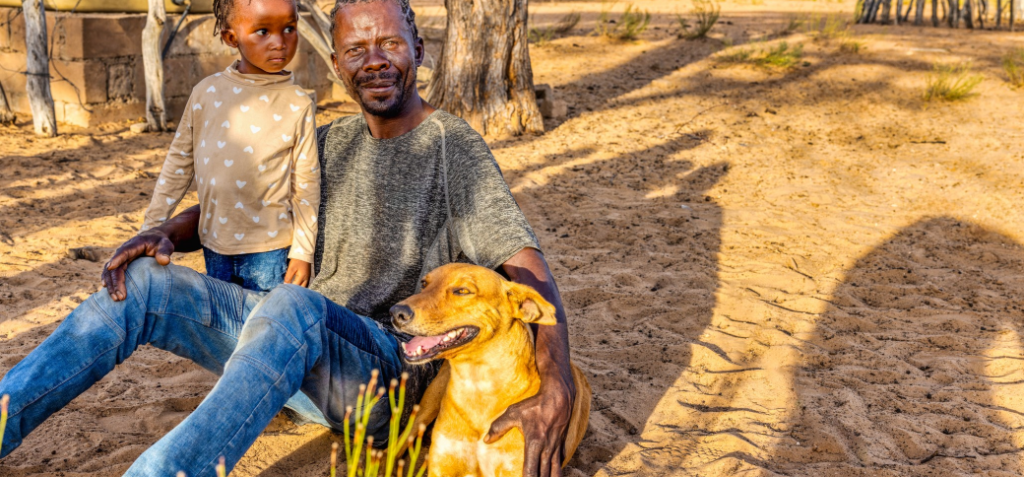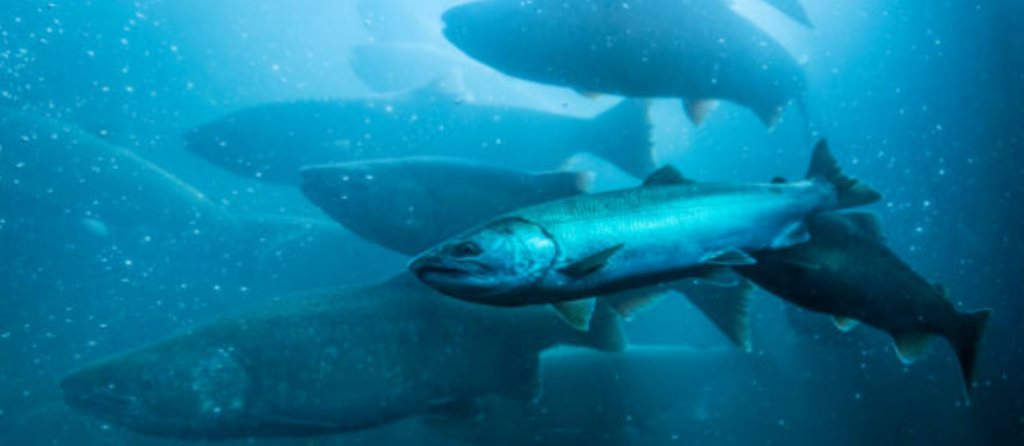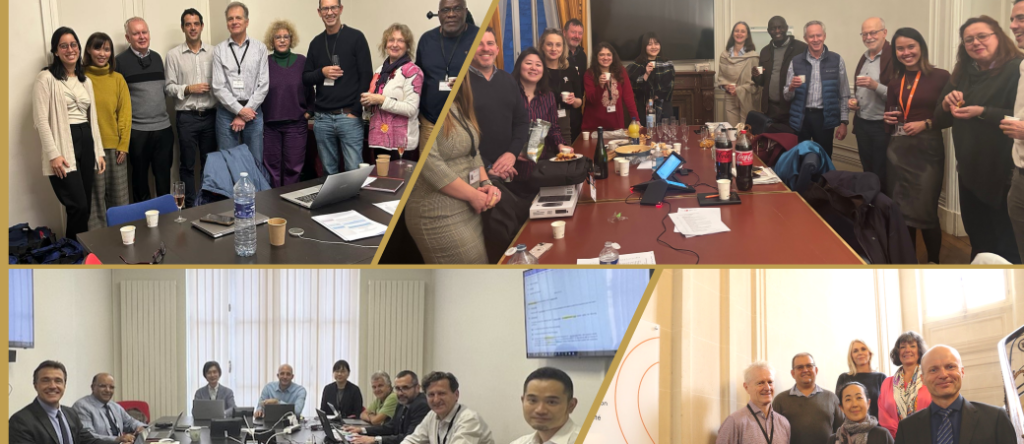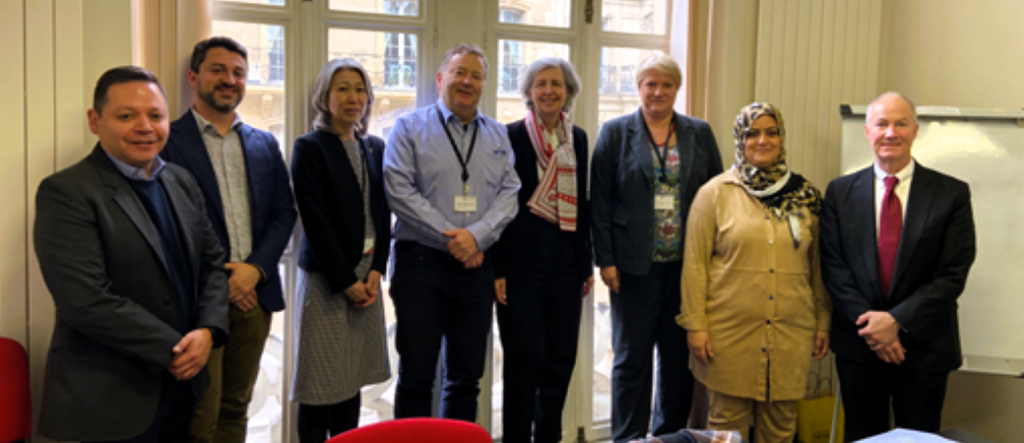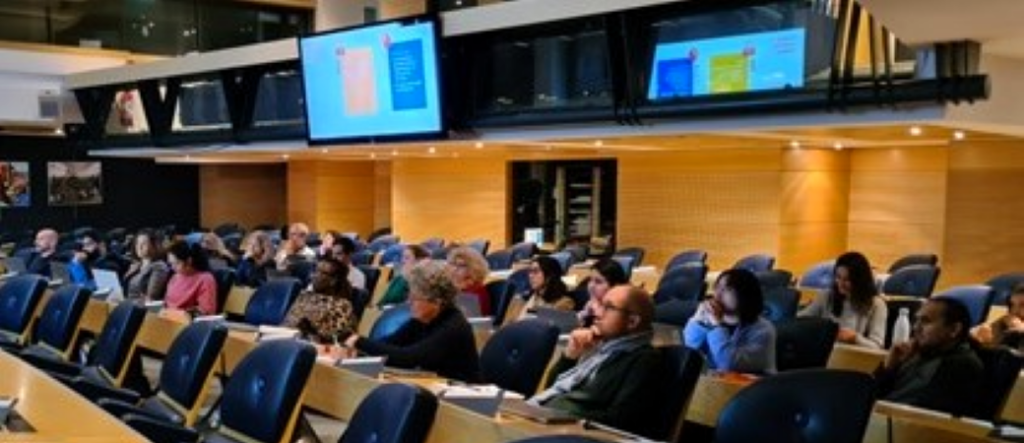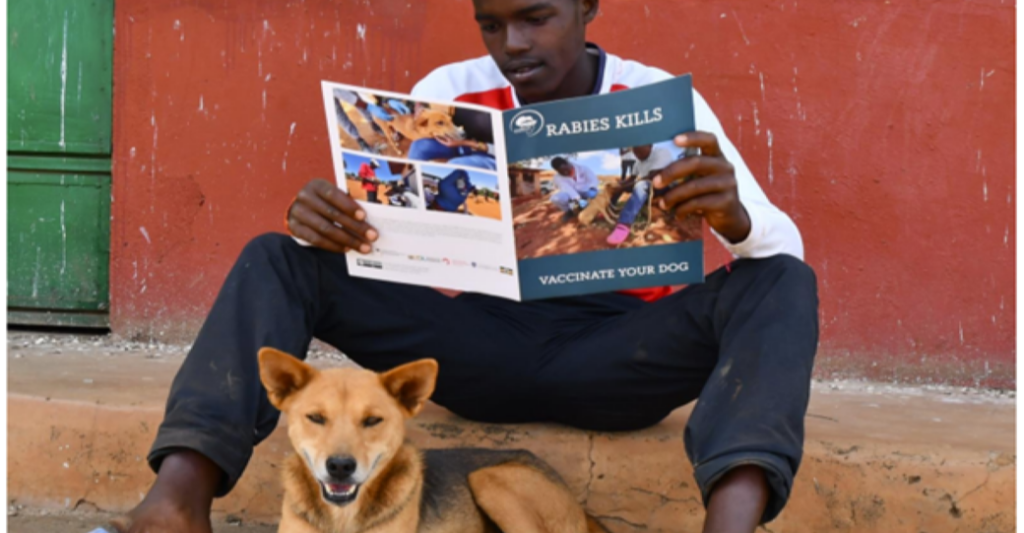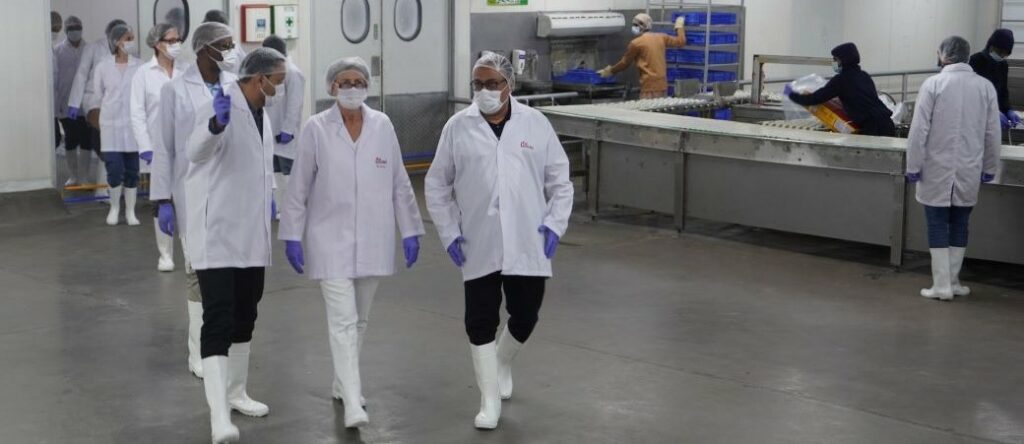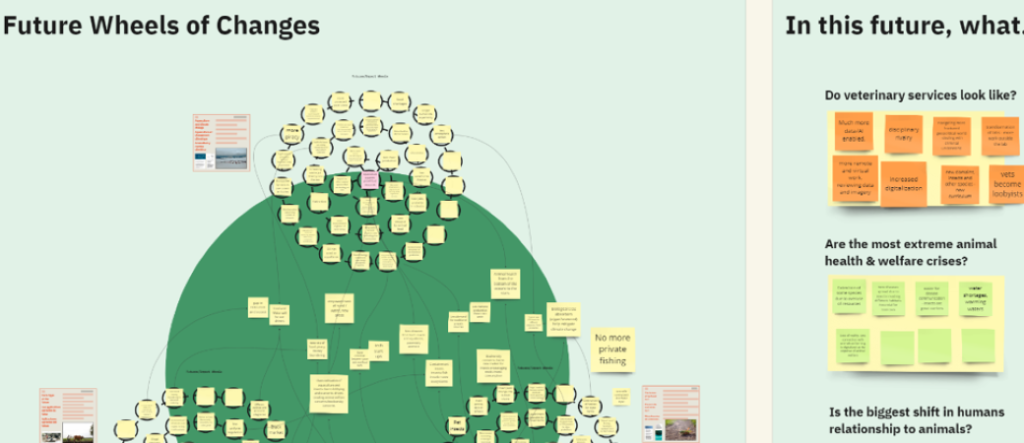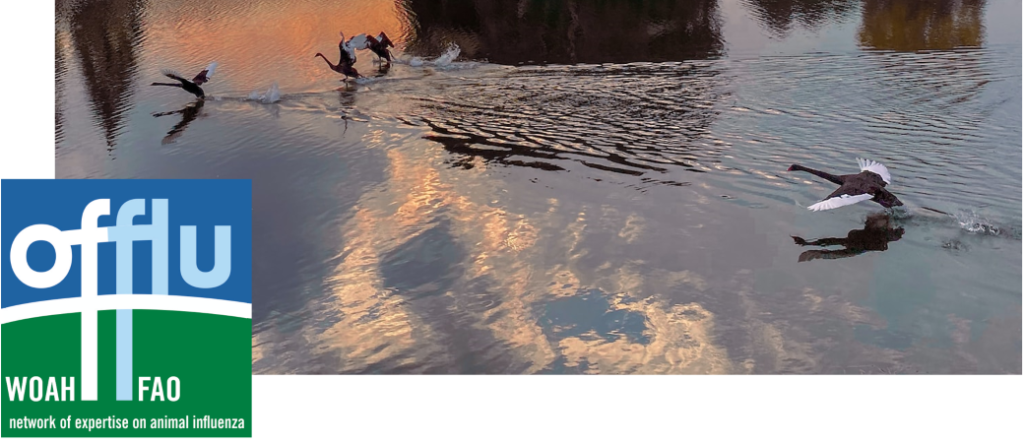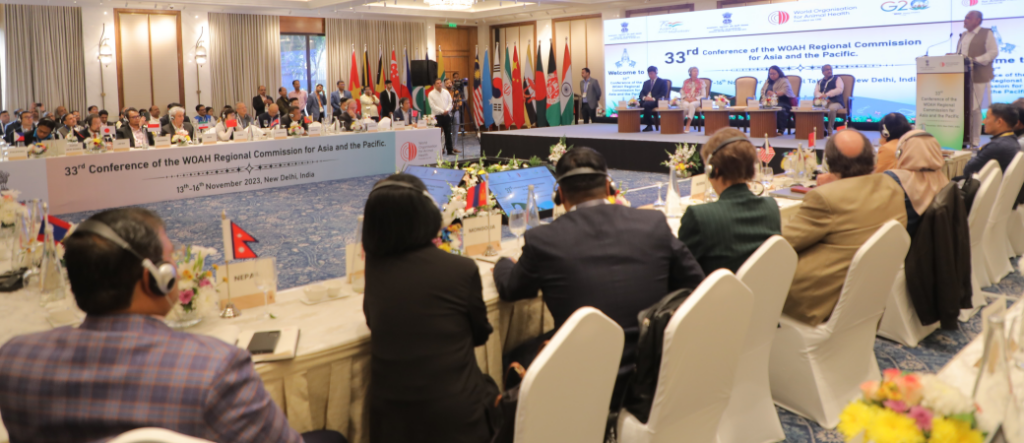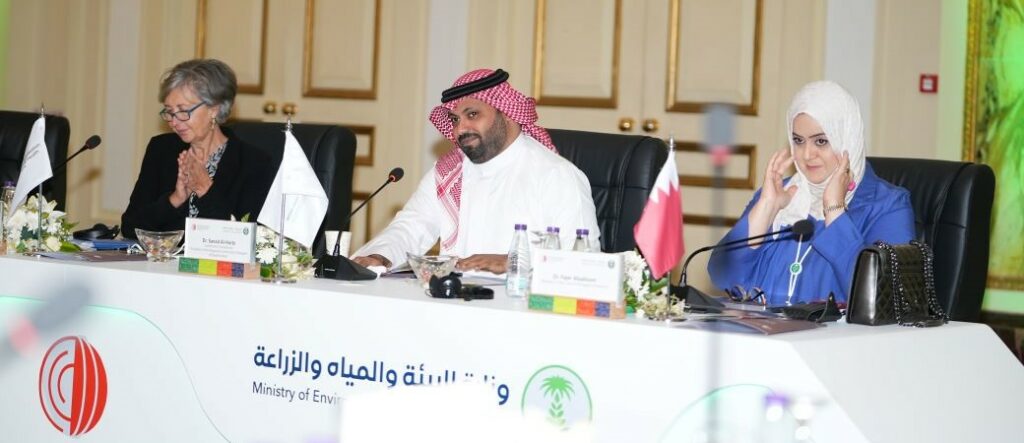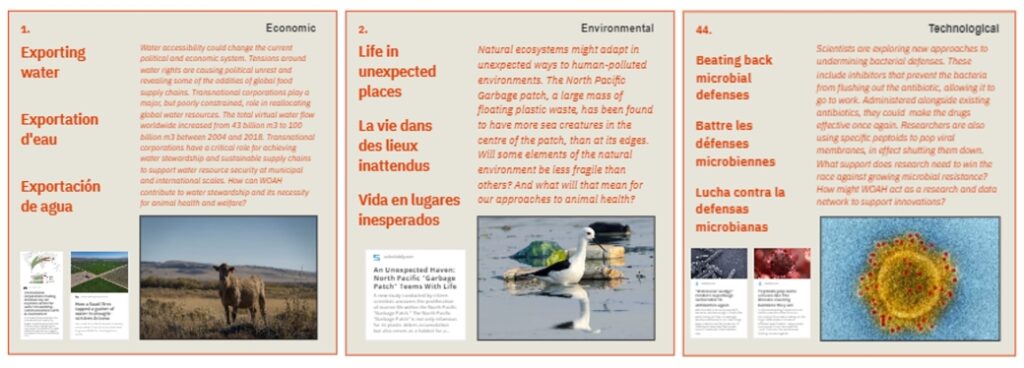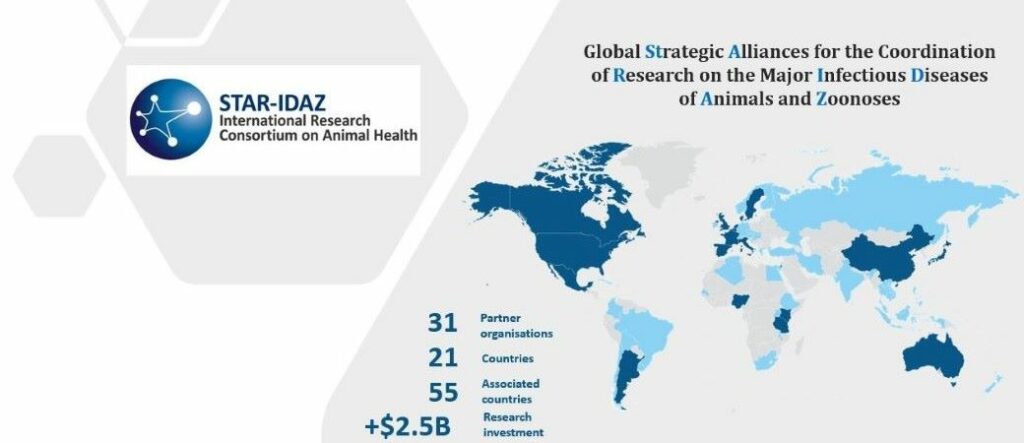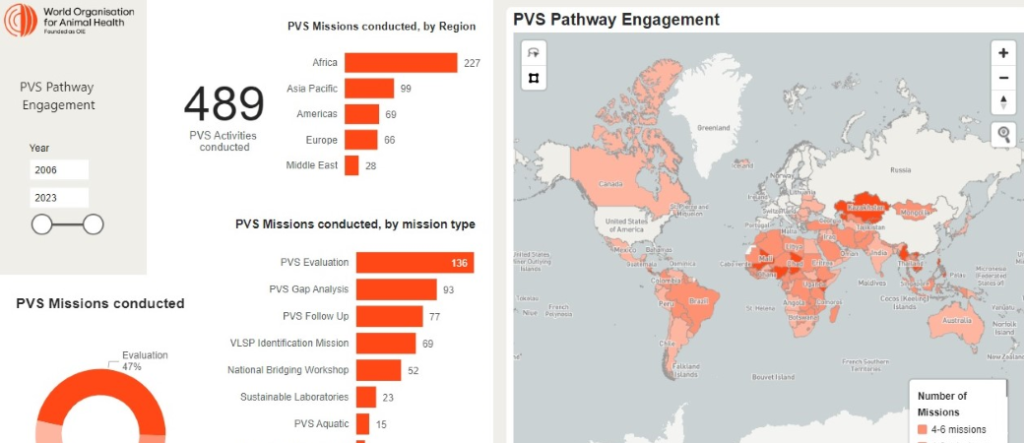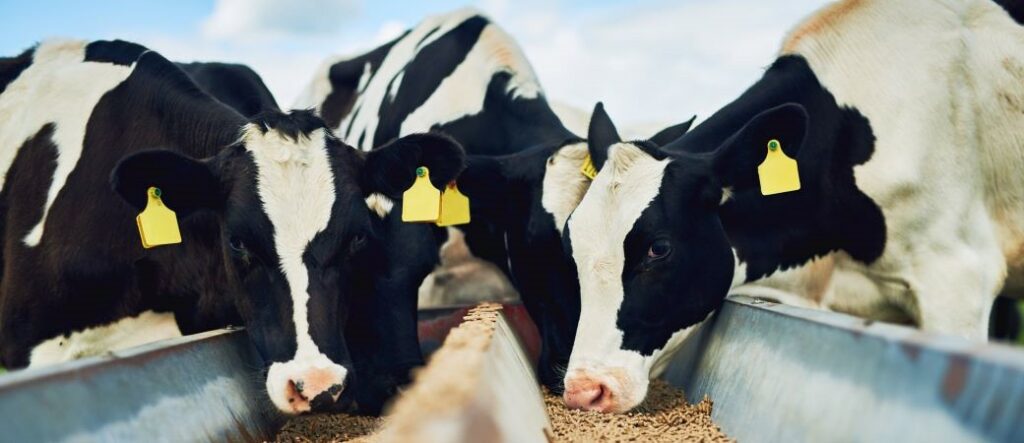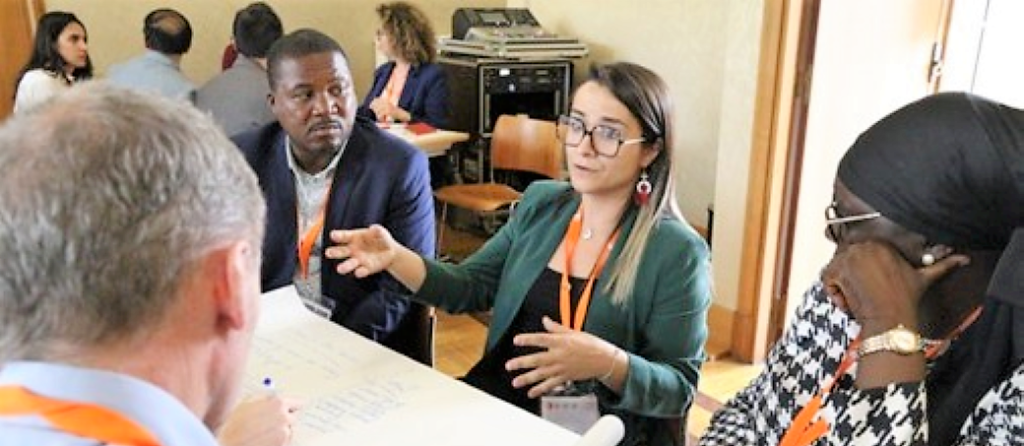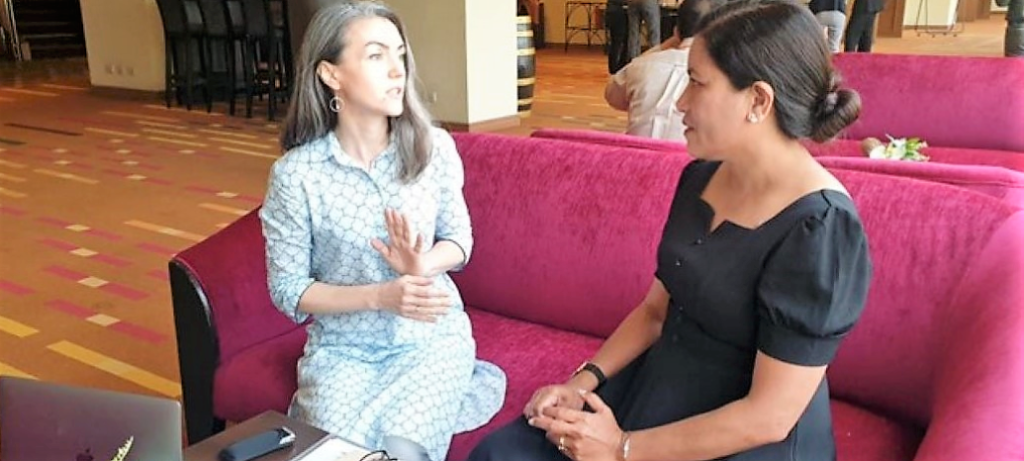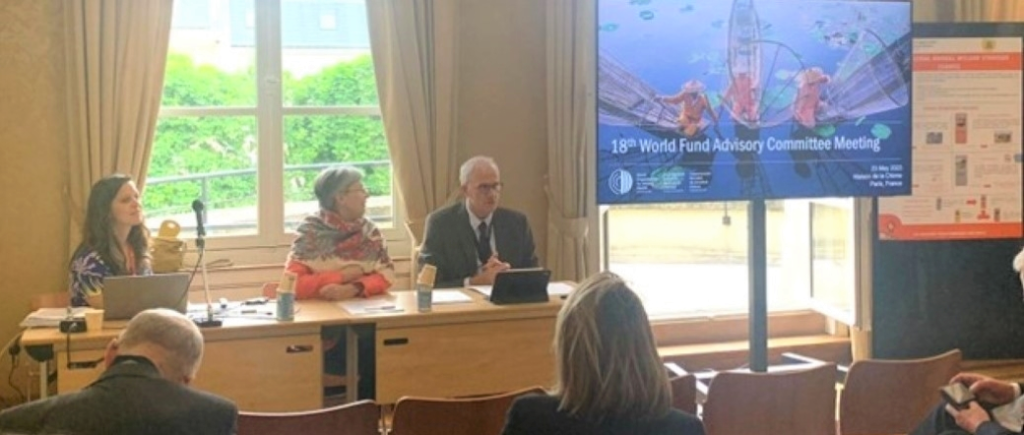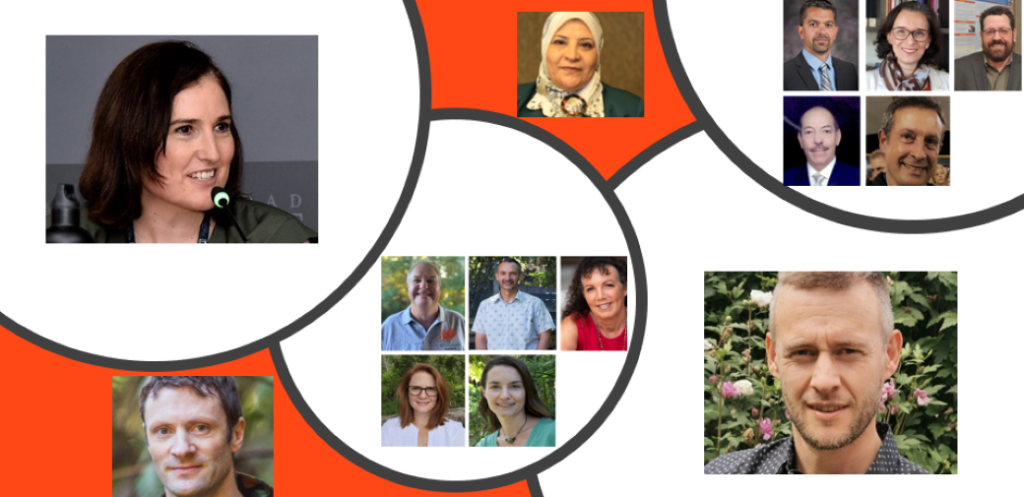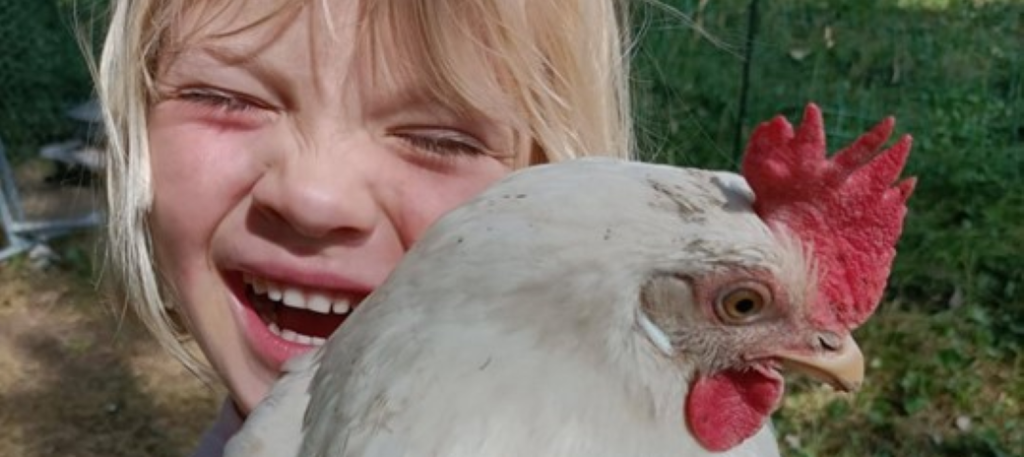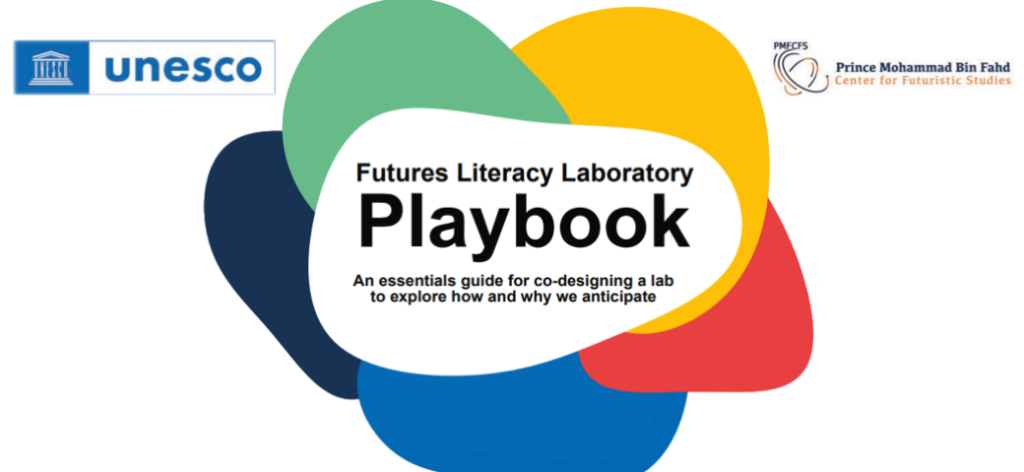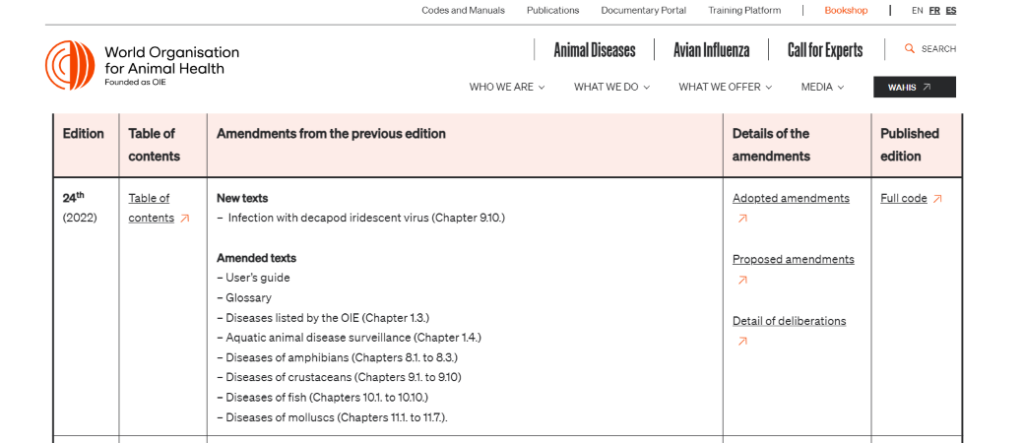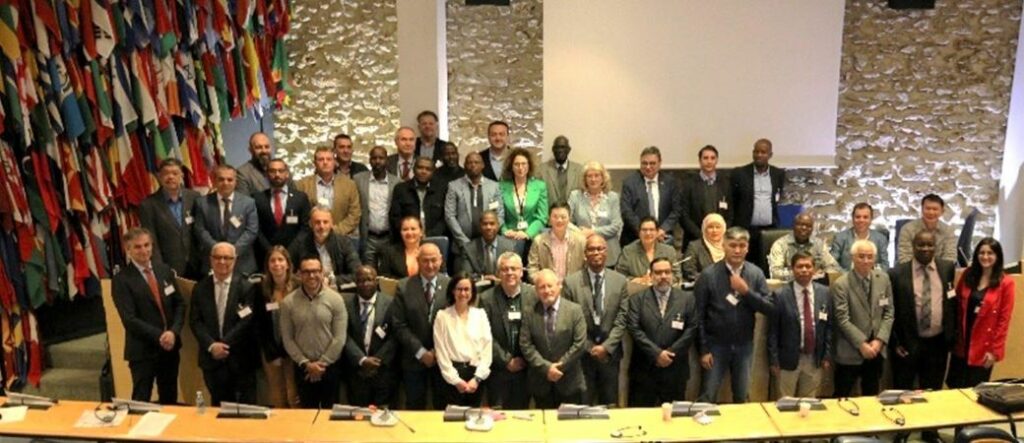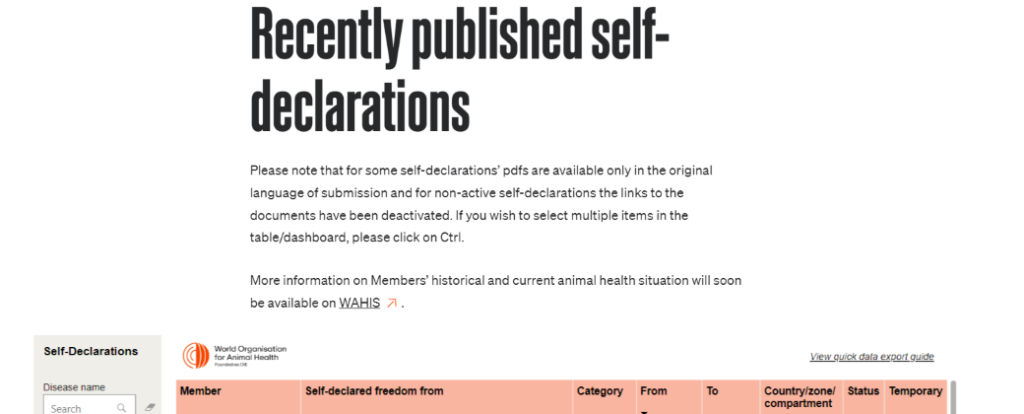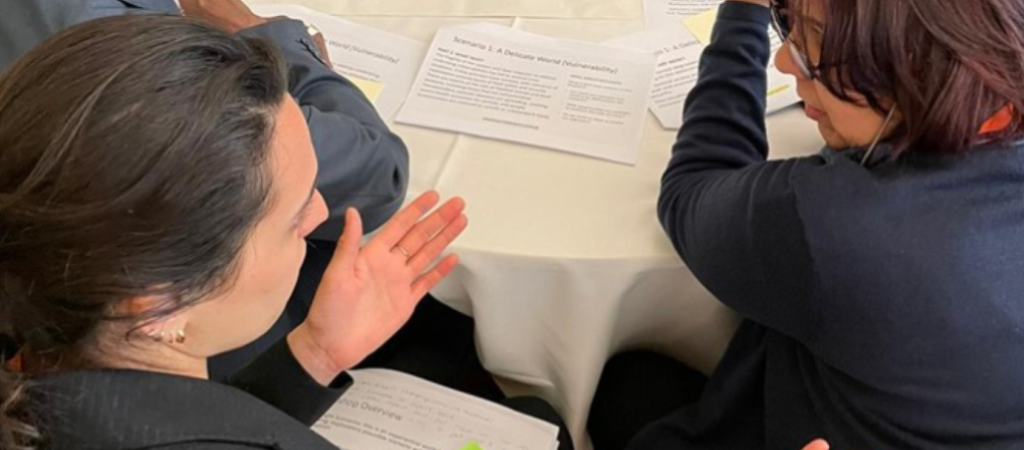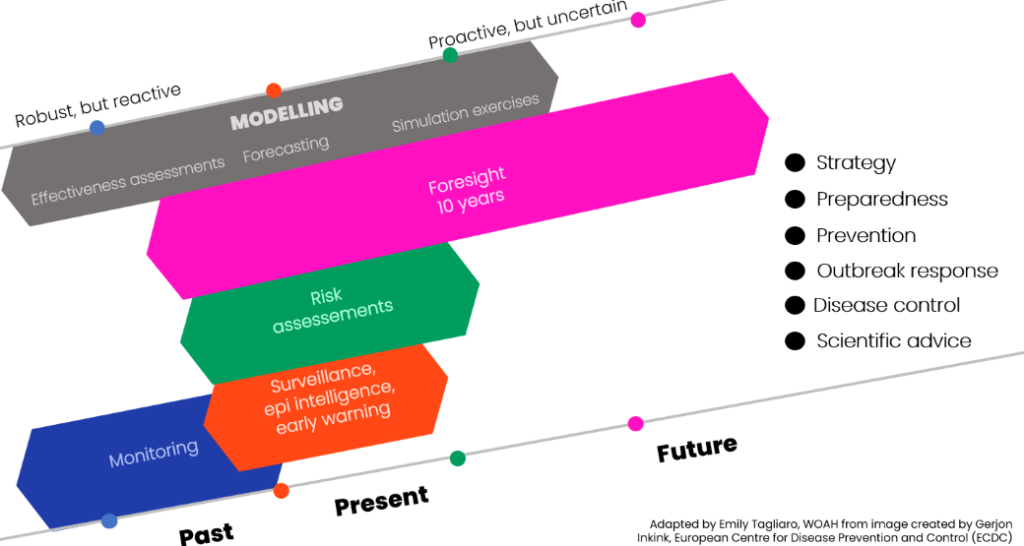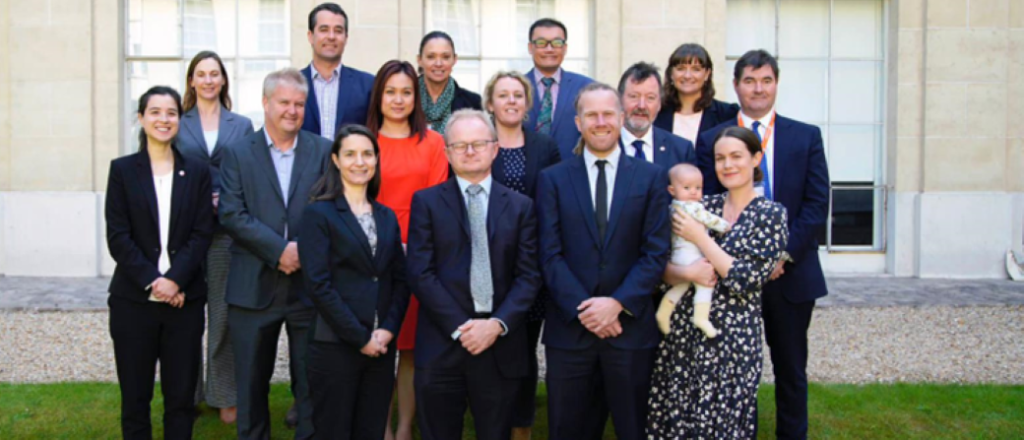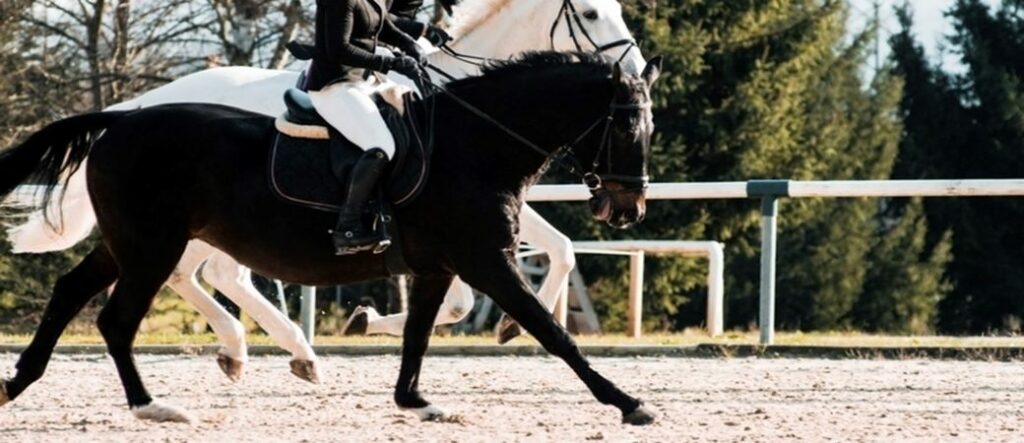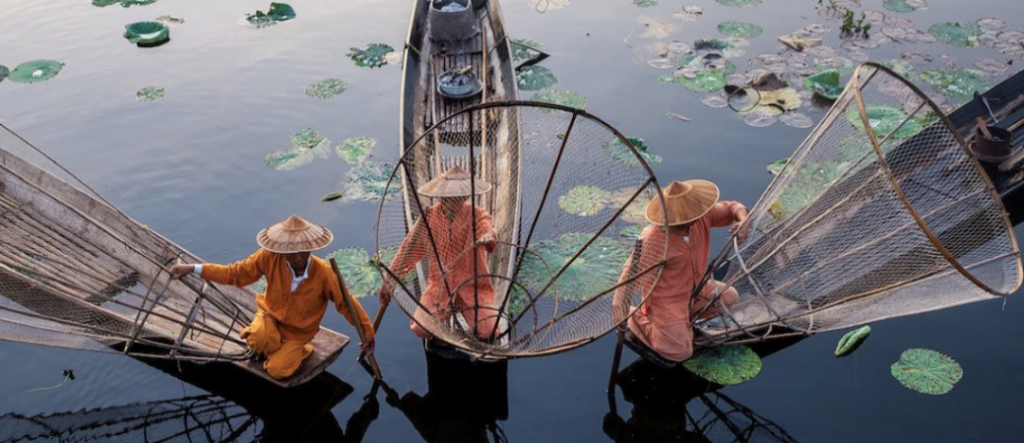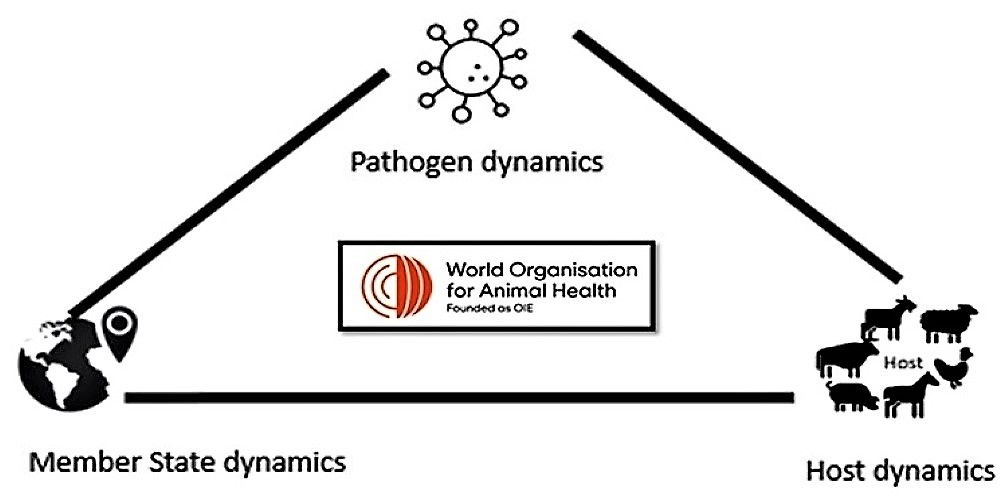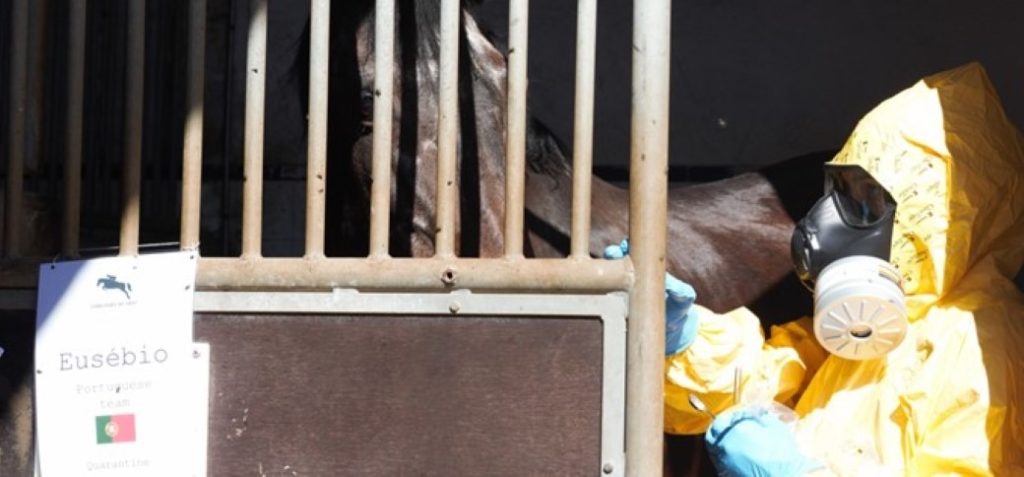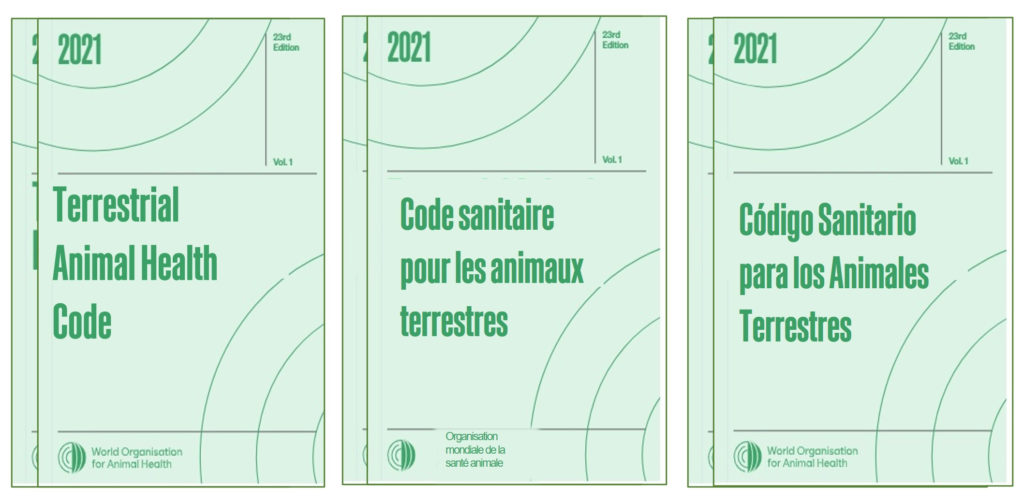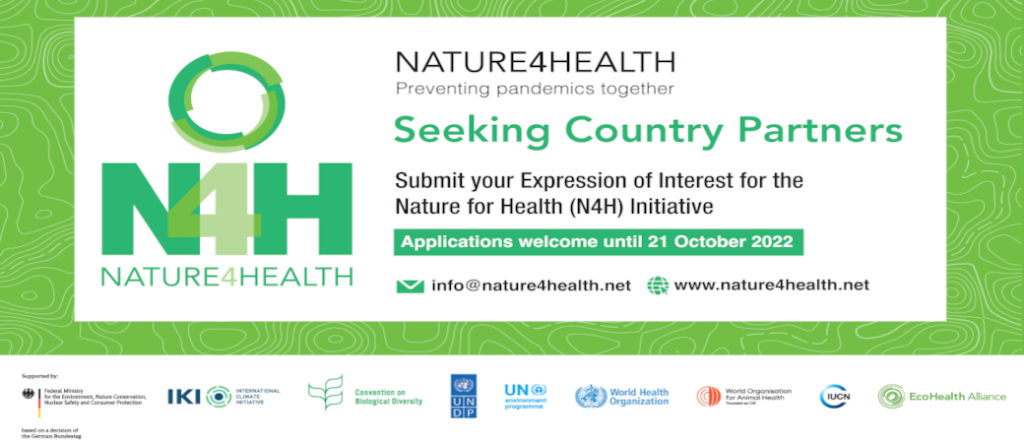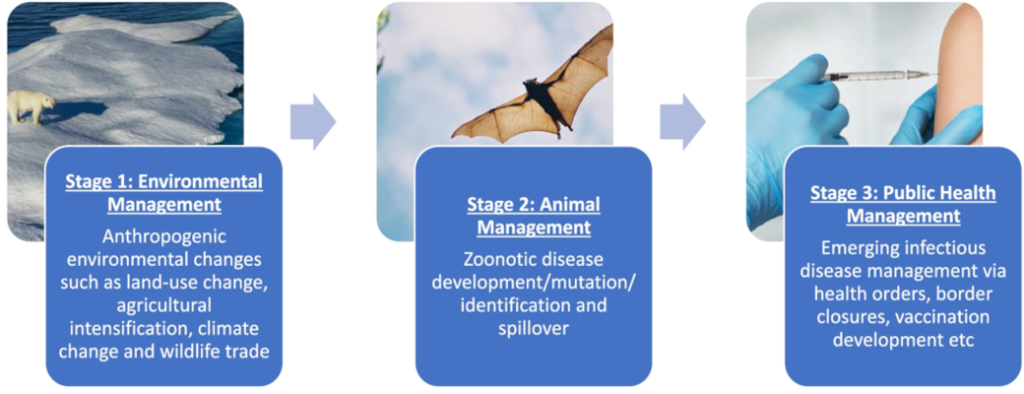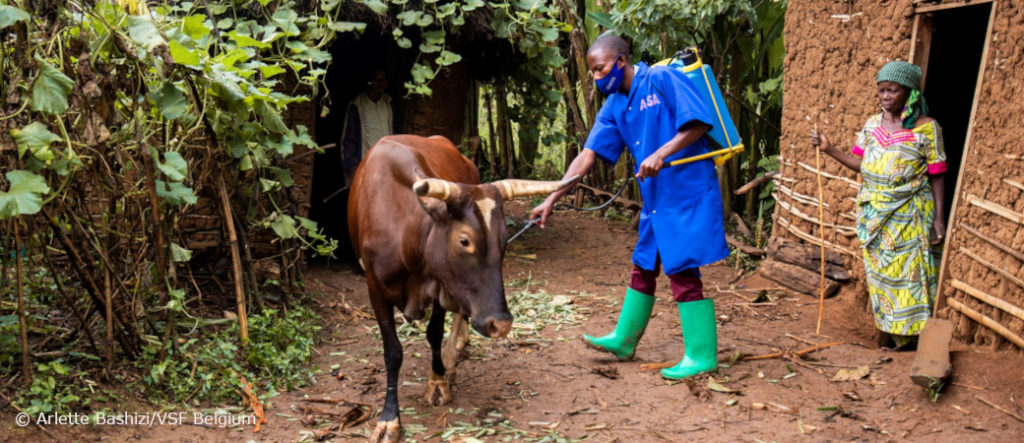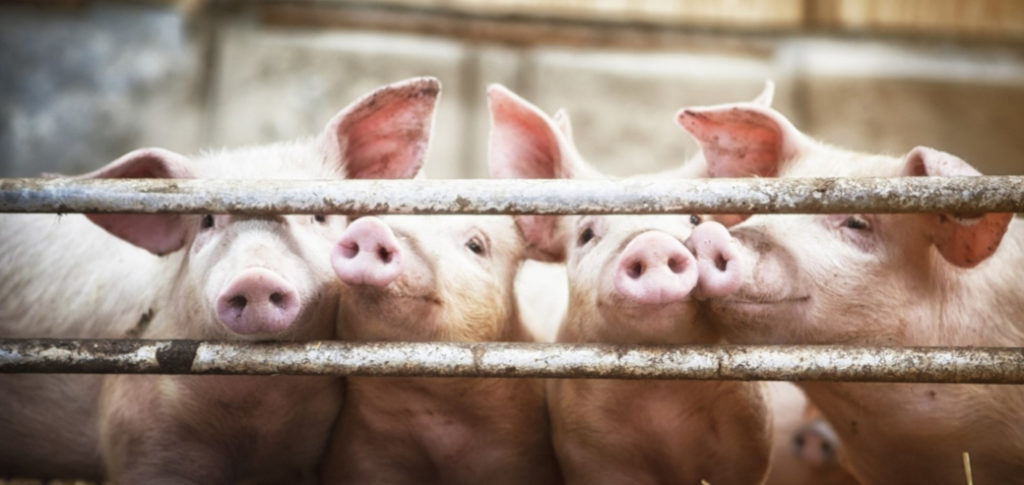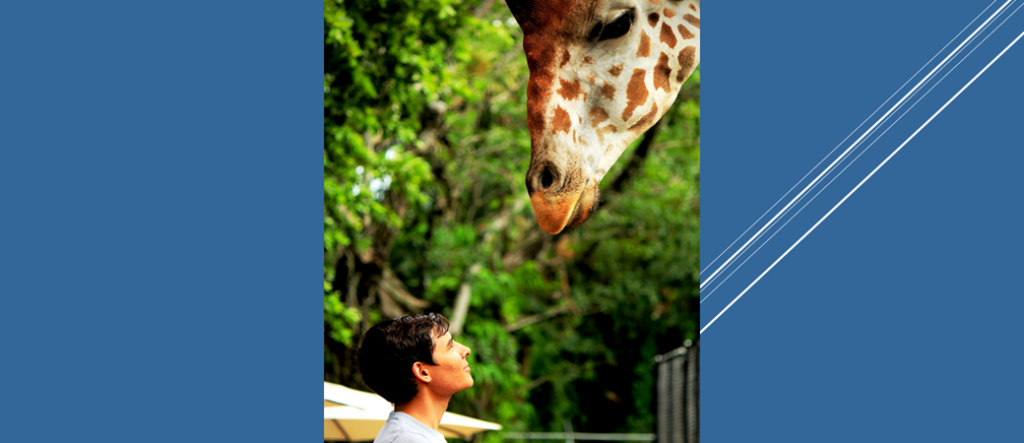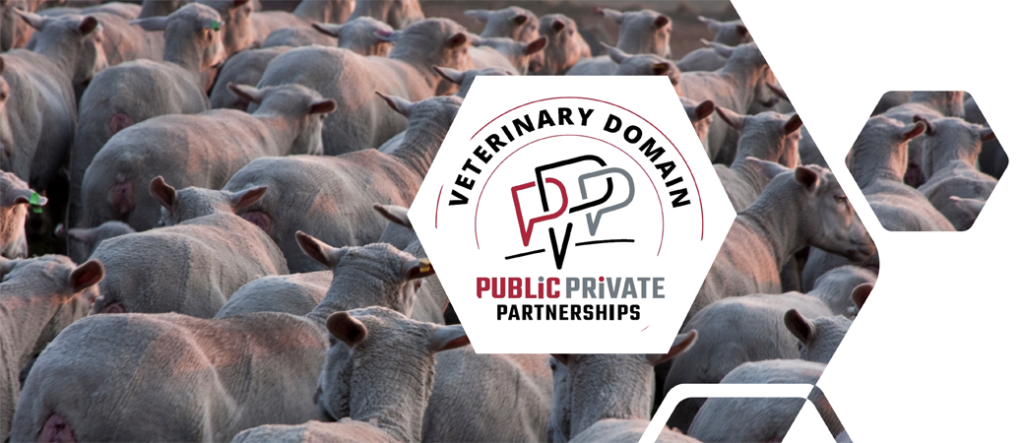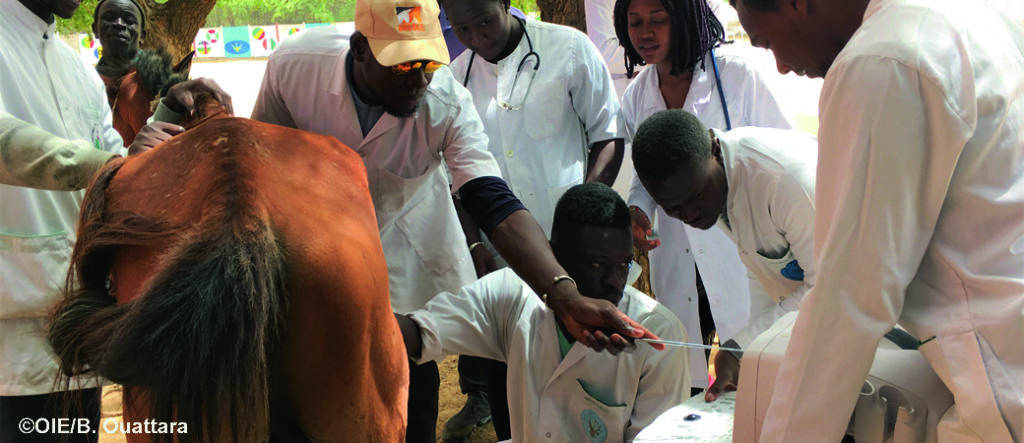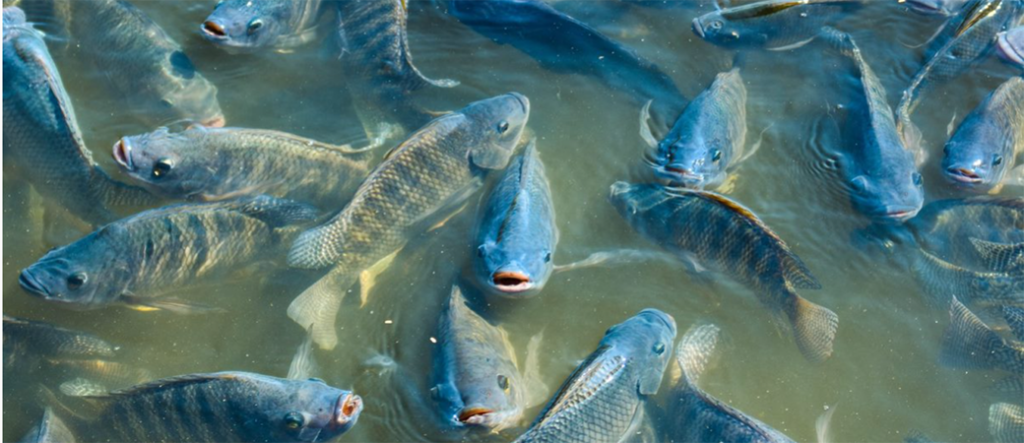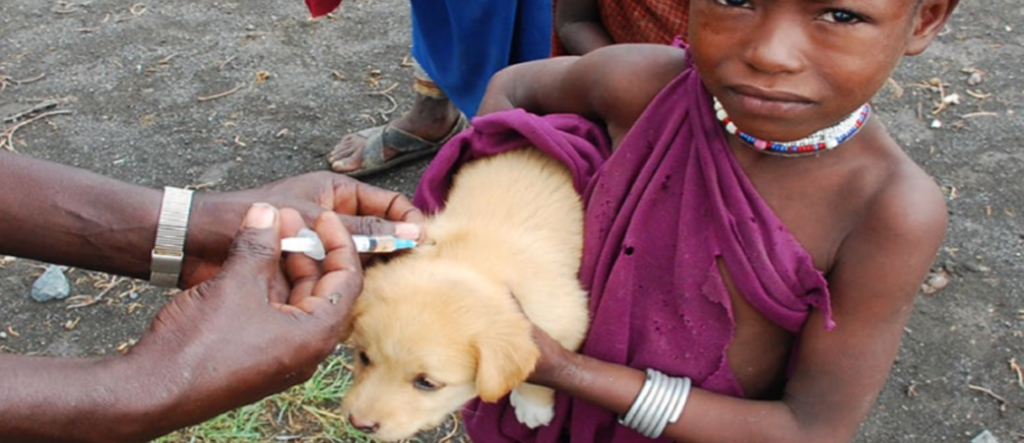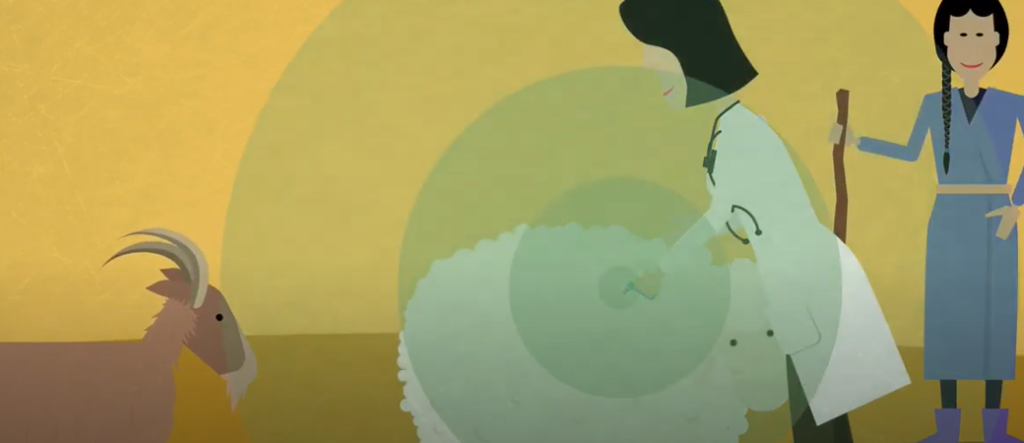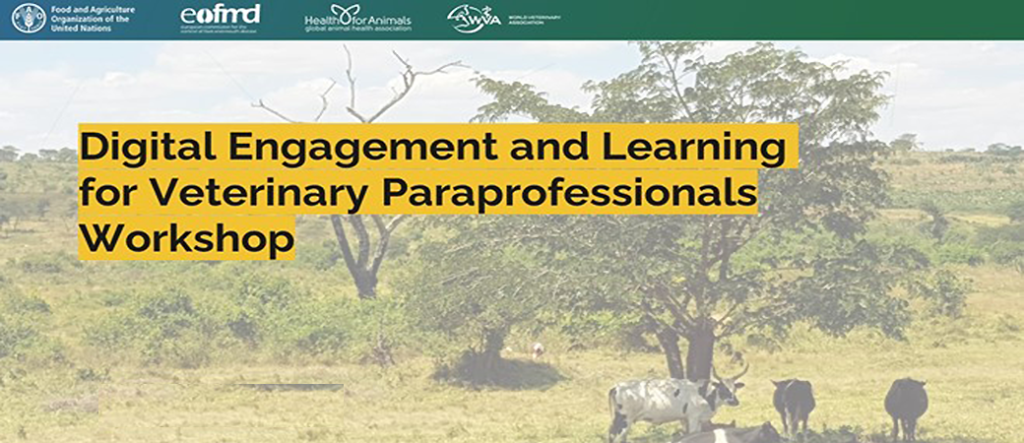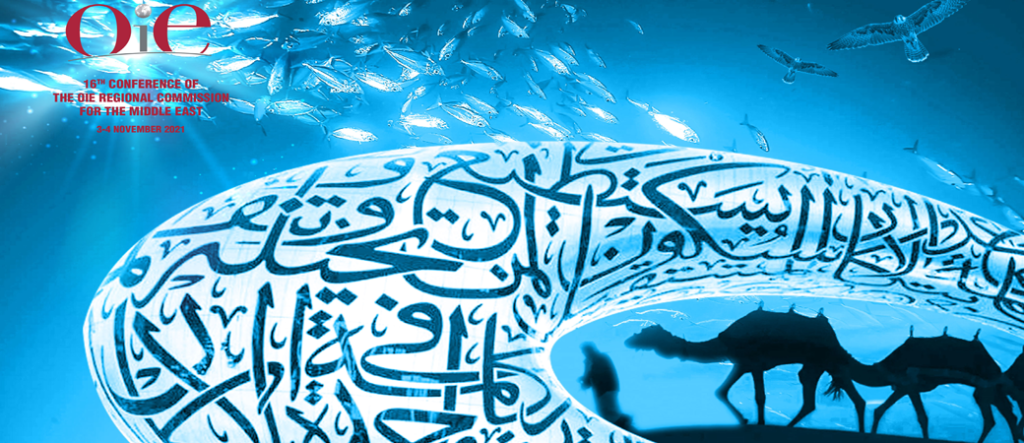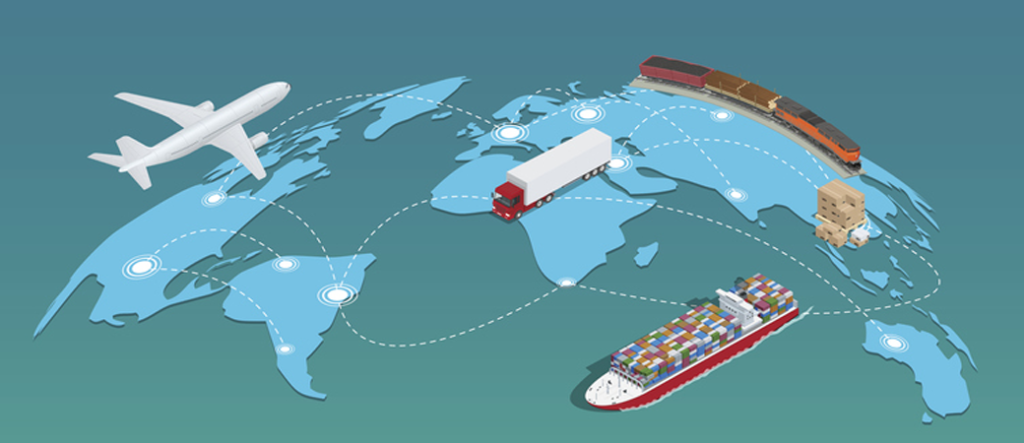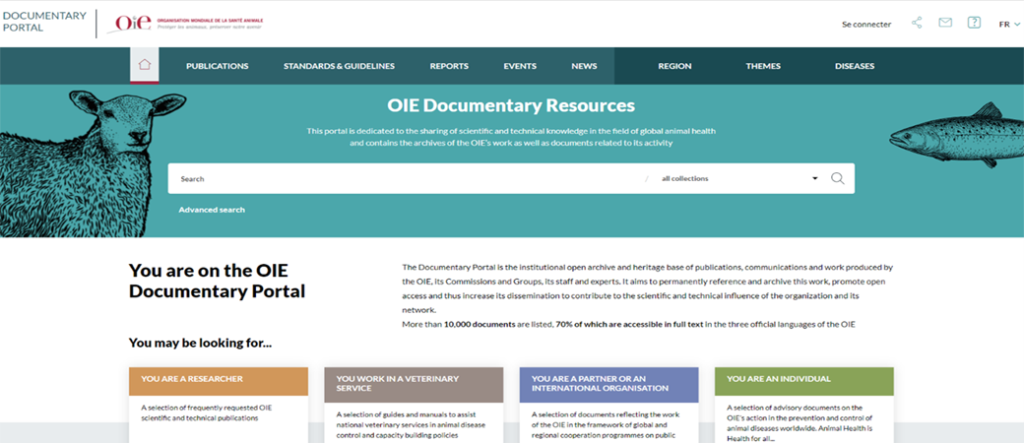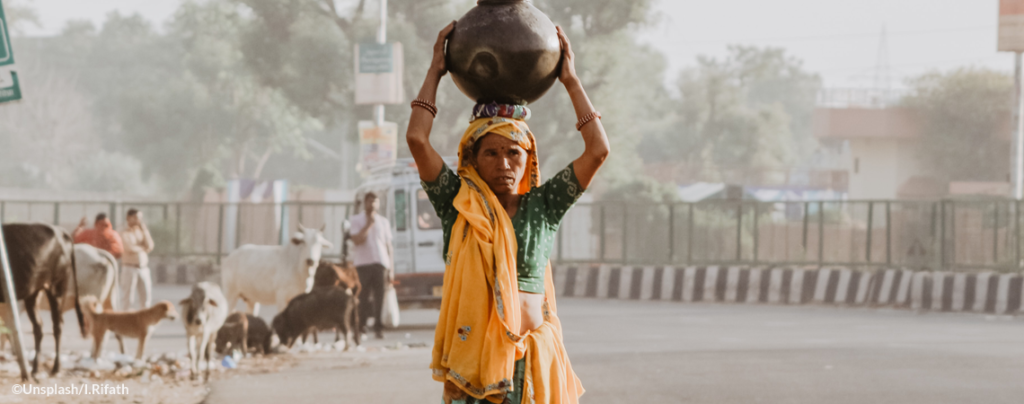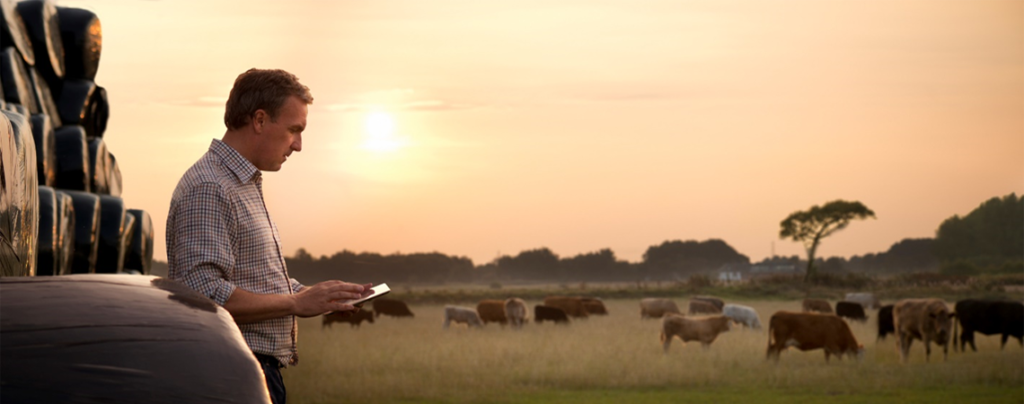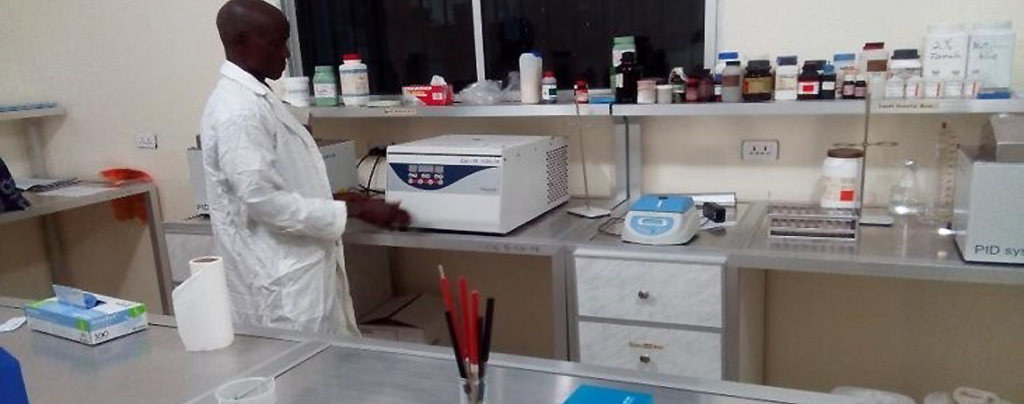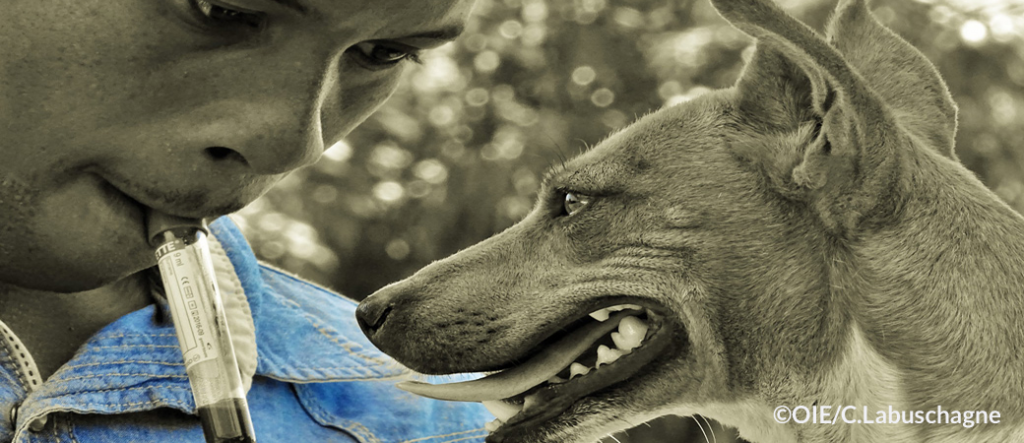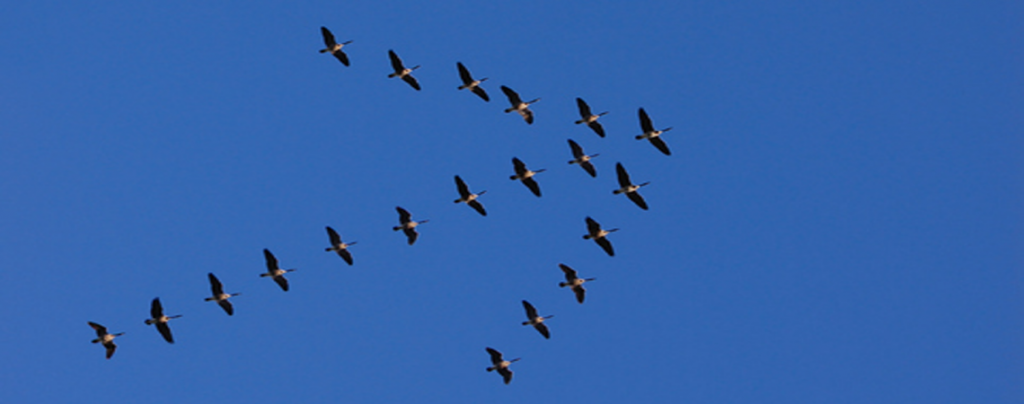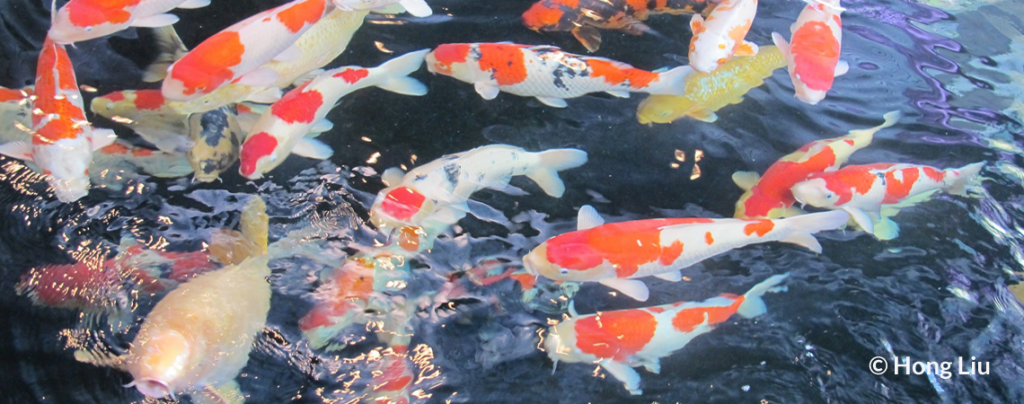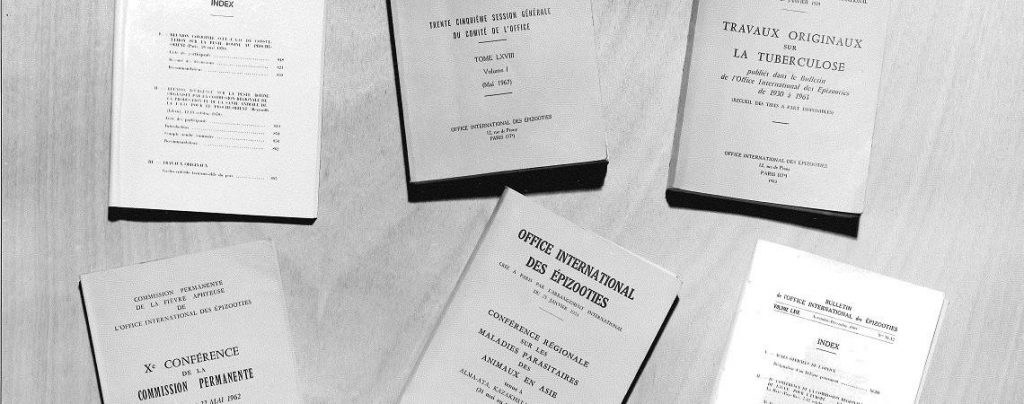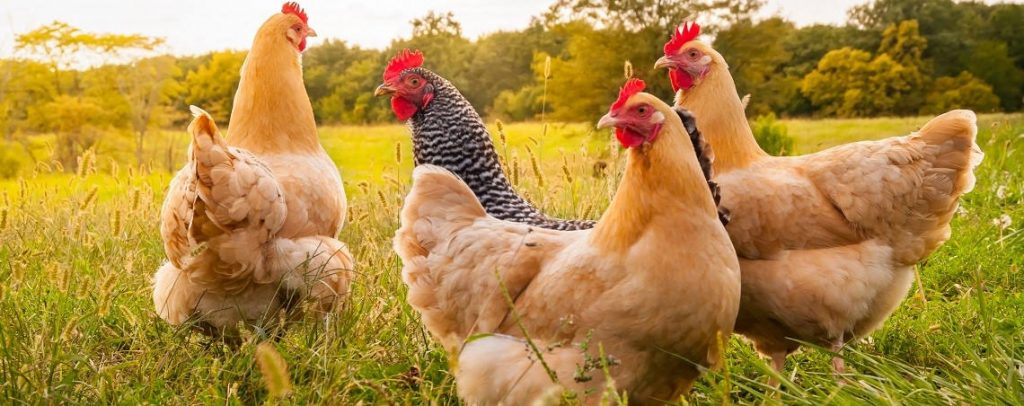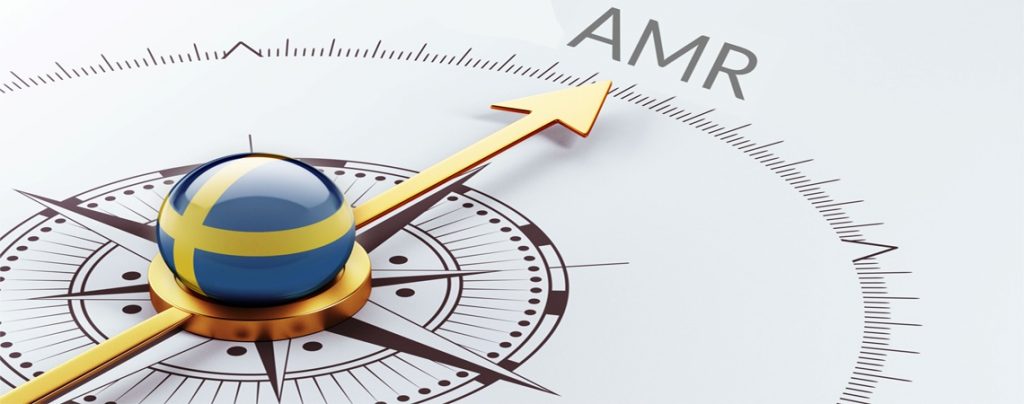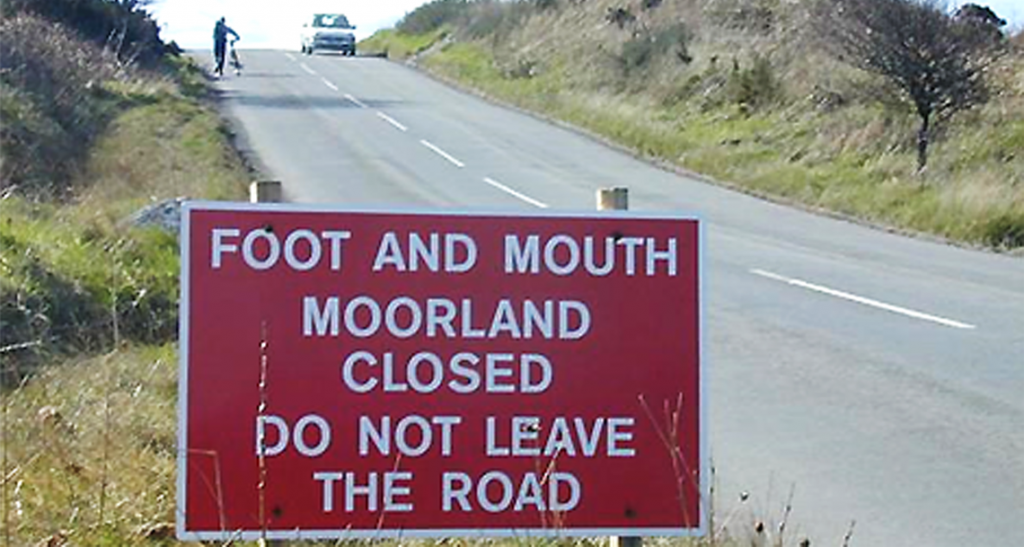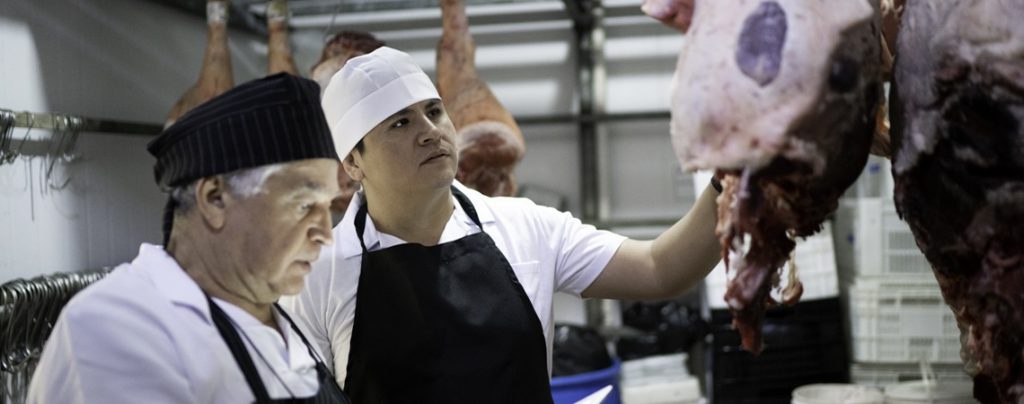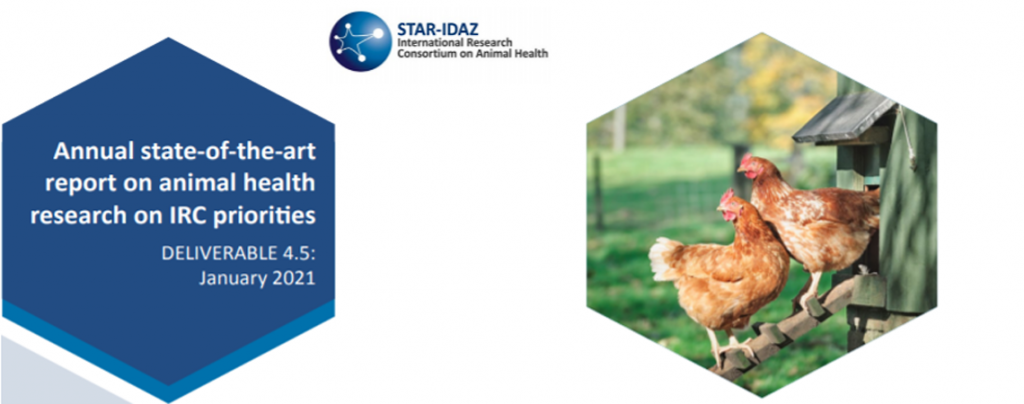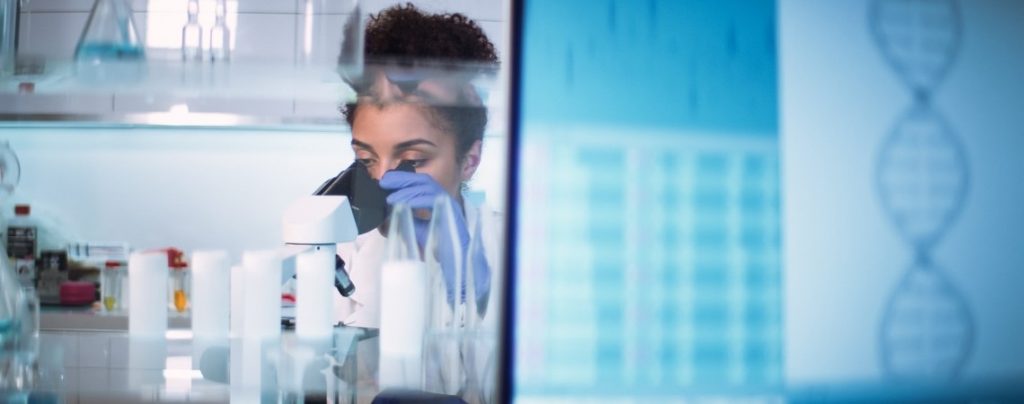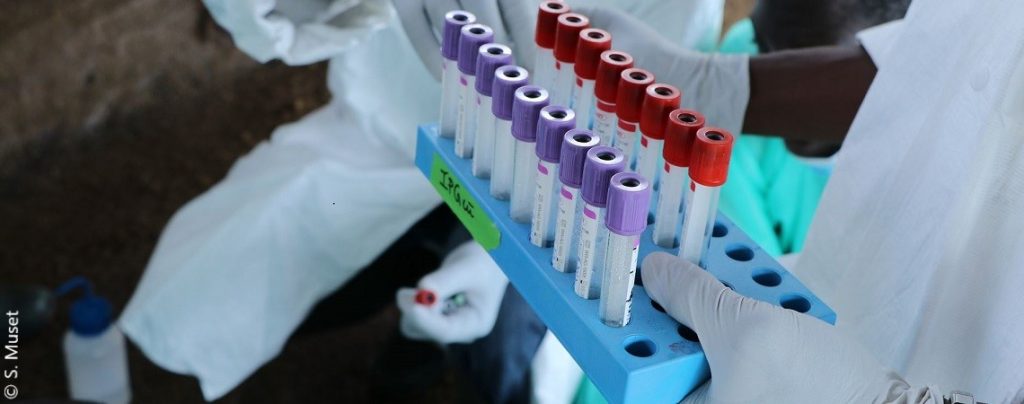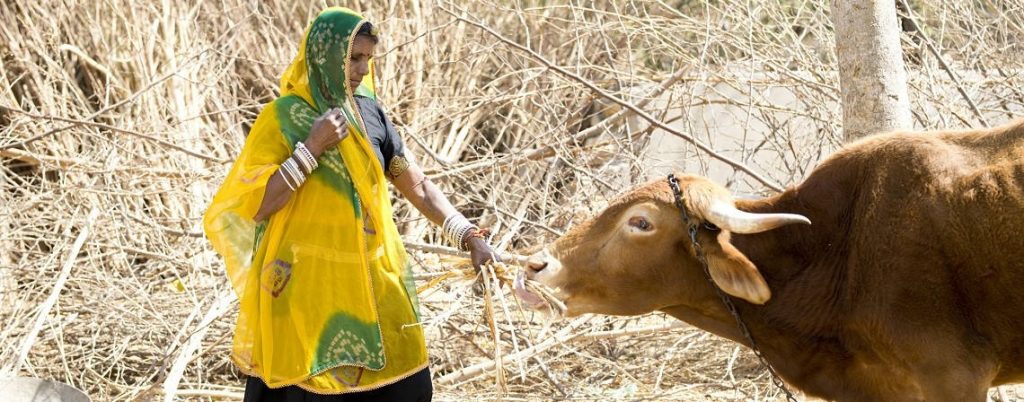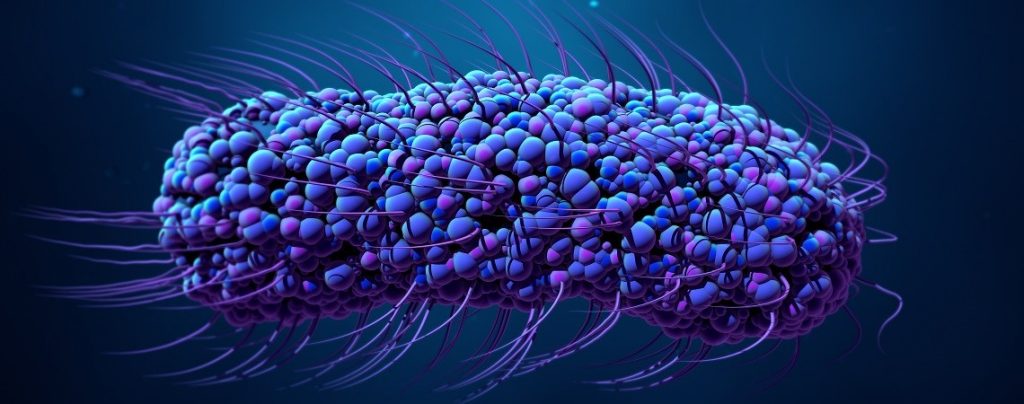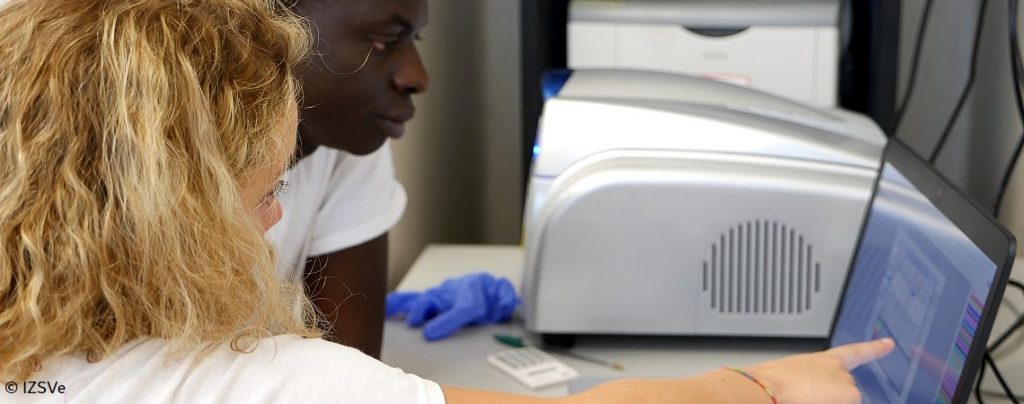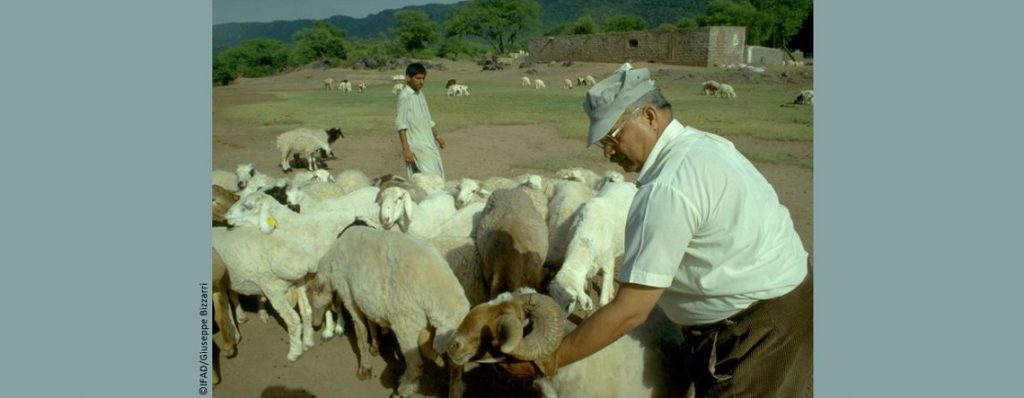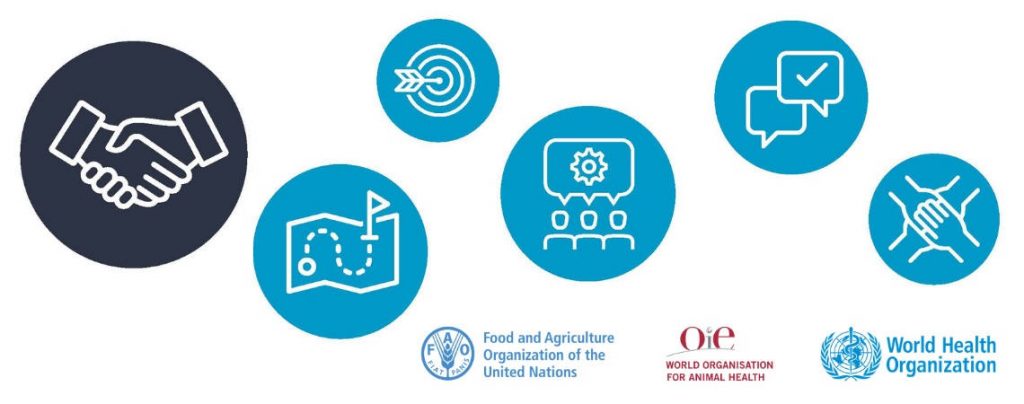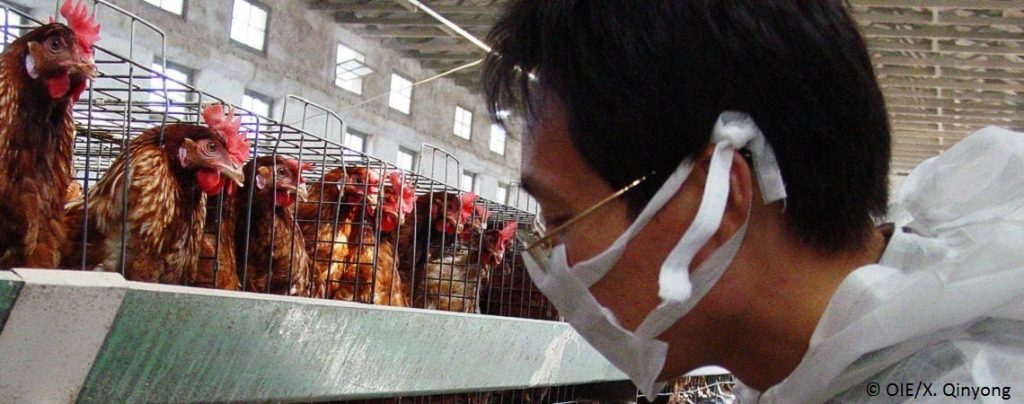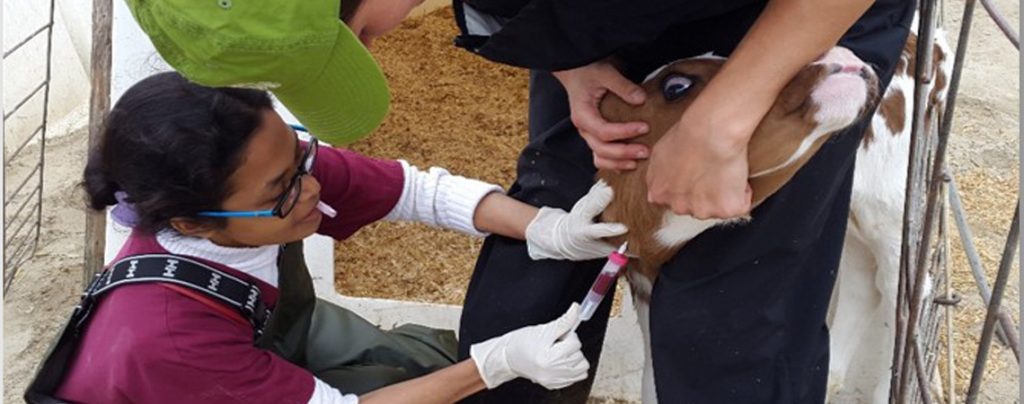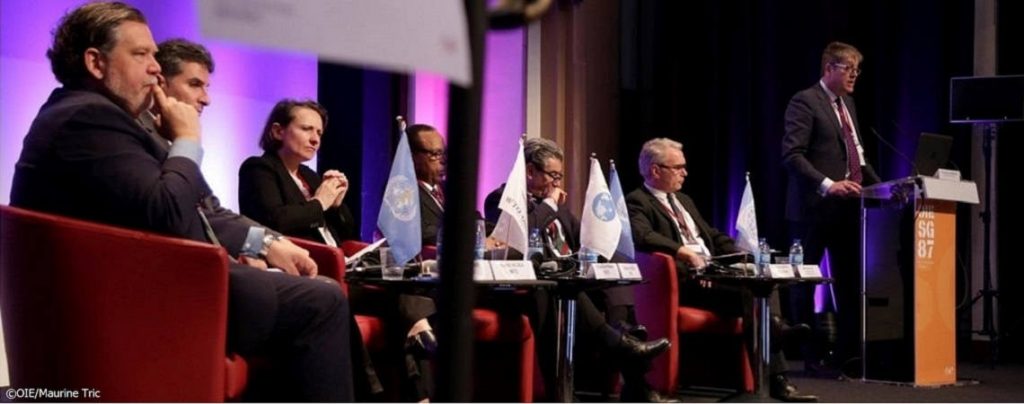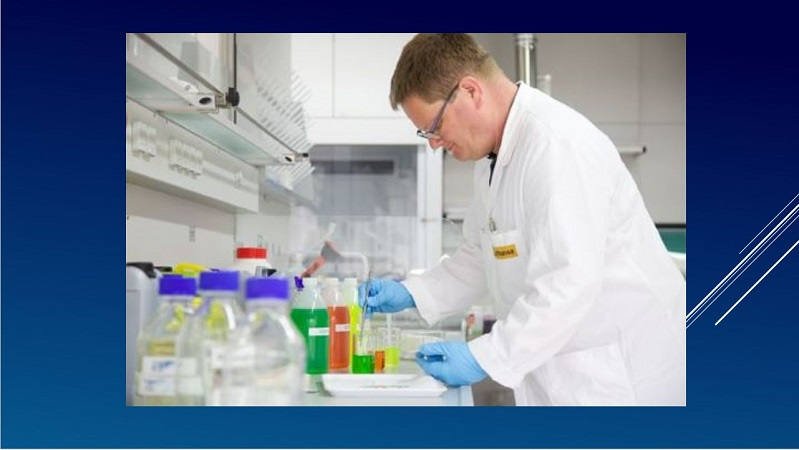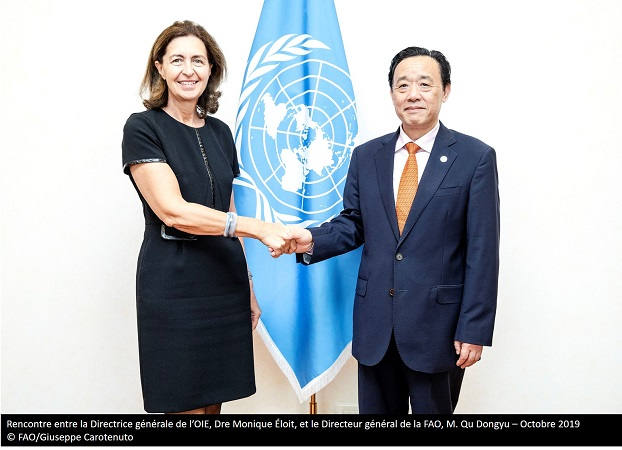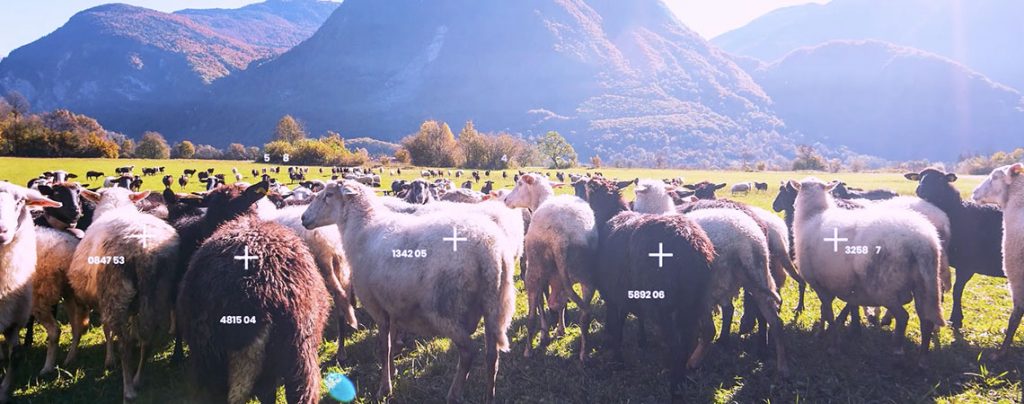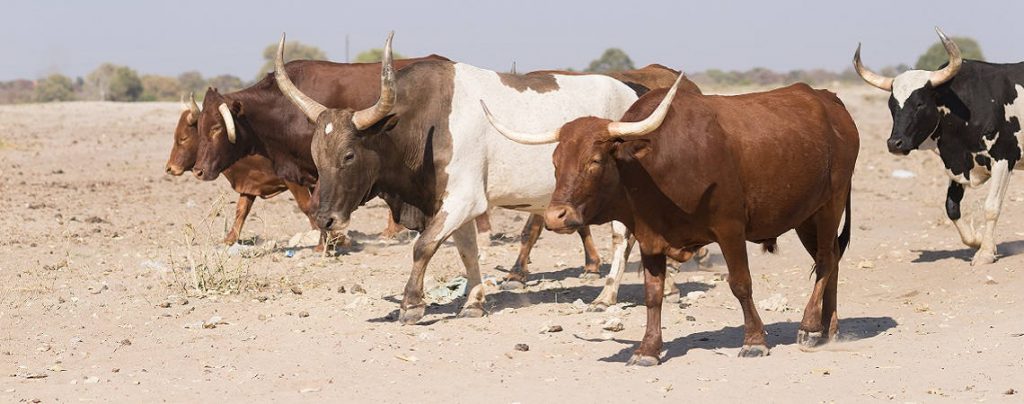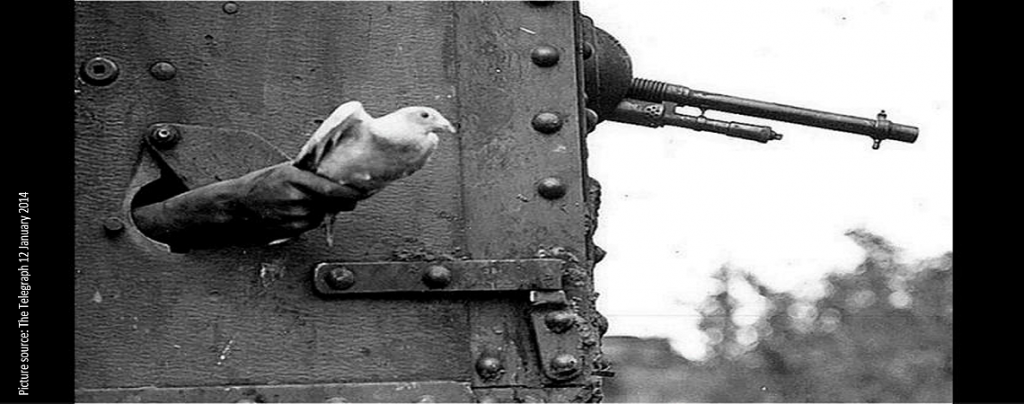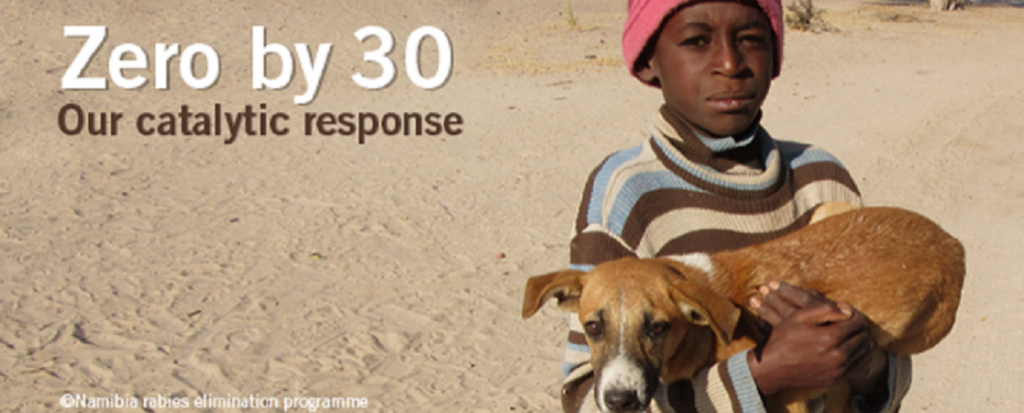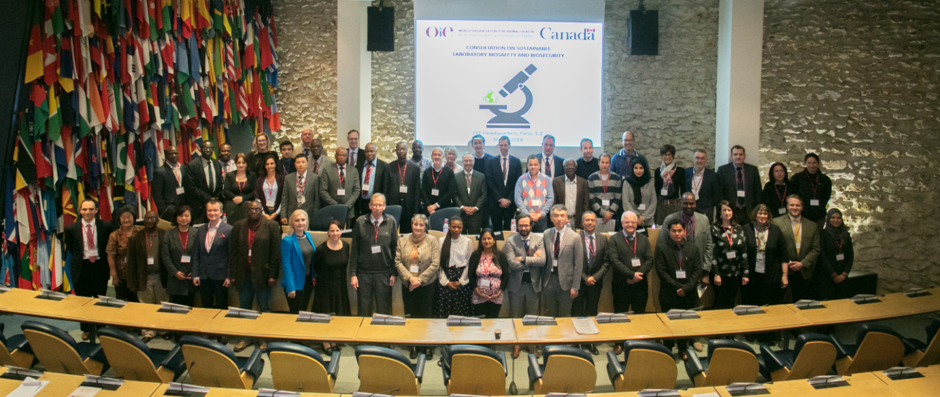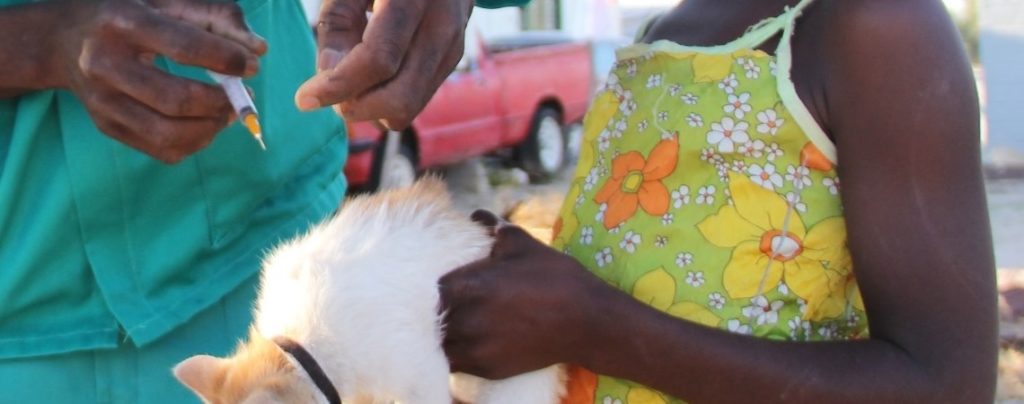INFORMATION EN CONTINU Posté sur 2021-06-24 20:21:00
The OIE Aquatic Animals Commission furthers aquatic animal health globally and delivers substantial achievements during its last term
Mots-clés
The members of the Aquatic Animal Health Standards Commission (AAHSC) that held office during 2018-2021 made substantial progress in strengthening aquatic animal health worldwide. This progress is a testament to the hard work and commitment of the Commission members and to the work of ad hoc Groups, OIE Reference Centres, experts from Member Countries, and the OIE Secretariat that provided valuable input and support which enabled the Commission’s achievements.
These achievements, significant in themselves, must be considered even more so when one realises they were delivered despite the unexpected challenges posed by the Covid-19 pandemic and the need to rapidly move to the virtual modality. While the Commission made many significant achievements during its three-year term, some key accomplishments deserve highlighting, as they will assist Members in improving aquatic animal health and ensuring safe trade.
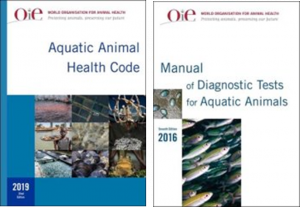
The Aquatic Animal Health Code and the Manual of Diagnostic Tests for Aquatic Animals
The adoption of the new Aquatic Animal Health Code (Aquatic Code) Chapter 4.1. on Biosecurity for aquaculture establishments, provides essential information on planning and implementing biosecurity. This is much needed information for Members as it will help them to prevent disease introductions and thereby support sustainable aquaculture development.
The completion of assessments which determined the list of susceptible species for seven OIE-listed diseases and the consequential updates to both the Aquatic Code and the Manual of Diagnostic Tests for Aquatic Animals (Aquatic Manual) was a great achievement. Determining the species susceptible to each OIE-listed disease is complex given that the number of aquaculture and wild aquatic animal species traded internationally is increasing every year and requires scientific evidence to determine susceptibility. This work is critical to facilitating safe trade. Assessing which species are susceptible to OIE-listed diseases provides science-based guidance to Members on which species sanitary measures can be applied to for trade purposes. This will directly assist Members in trade negotiations, support international trade and decrease transboundary spread of aquatic animal diseases.
The Commission has also strengthened the diagnostic standards in the Aquatic Manual through the application of a new chapter template to five of the fish-disease-specific chapters and developed a new disease-specific chapter for an amphibian disease, Infection with Bactrachochytrium salamandrivorans. These revised chapters provide Members with better guidance on diagnostic methods and case definitions that can be applied to their national diagnostic labs and surveillance programmes which will also support disease reporting.
The Aquatic Code and Manual chapters for Infection with Bactrachochytrium salamandrivorans are particularly important for Members to reduce the spread of this pathogen which has already resulted in population extinction and decreased biodiversity in salamander populations.
The new OIE Aquatic Animal Health Strategy
Another high-profile achievement was the Commission’s contribution to the development of the Aquatic Animal Health Strategy which was launched at the 88th General Session this year. This strategy provides a road map for the next five years to improve aquatic animal health and welfare worldwide.
These accomplishments build on the work of previous Commissions, the leadership and support of the OIE Director General, and the engagement of Members. However, it was the dedication and commitment of these Commission members and the support of the Secretariat that together resulted in significant progress in their work. These are meaningful achievements that will result in lasting improvements for aquatic animal health and welfare around the world.




